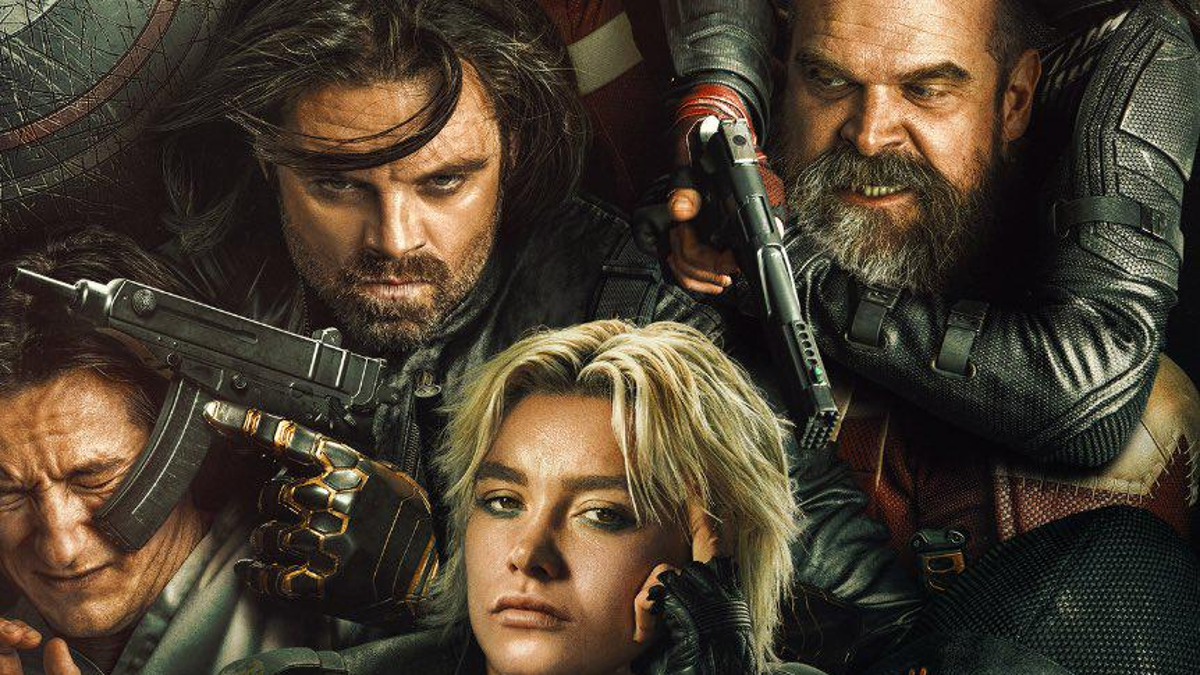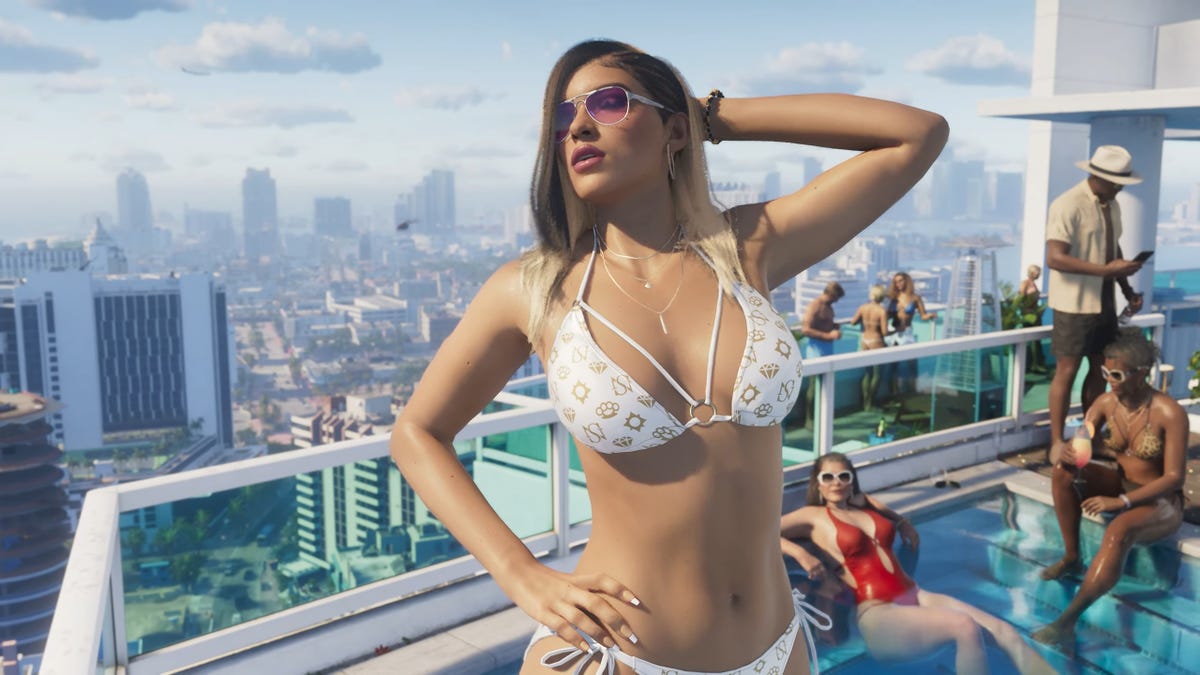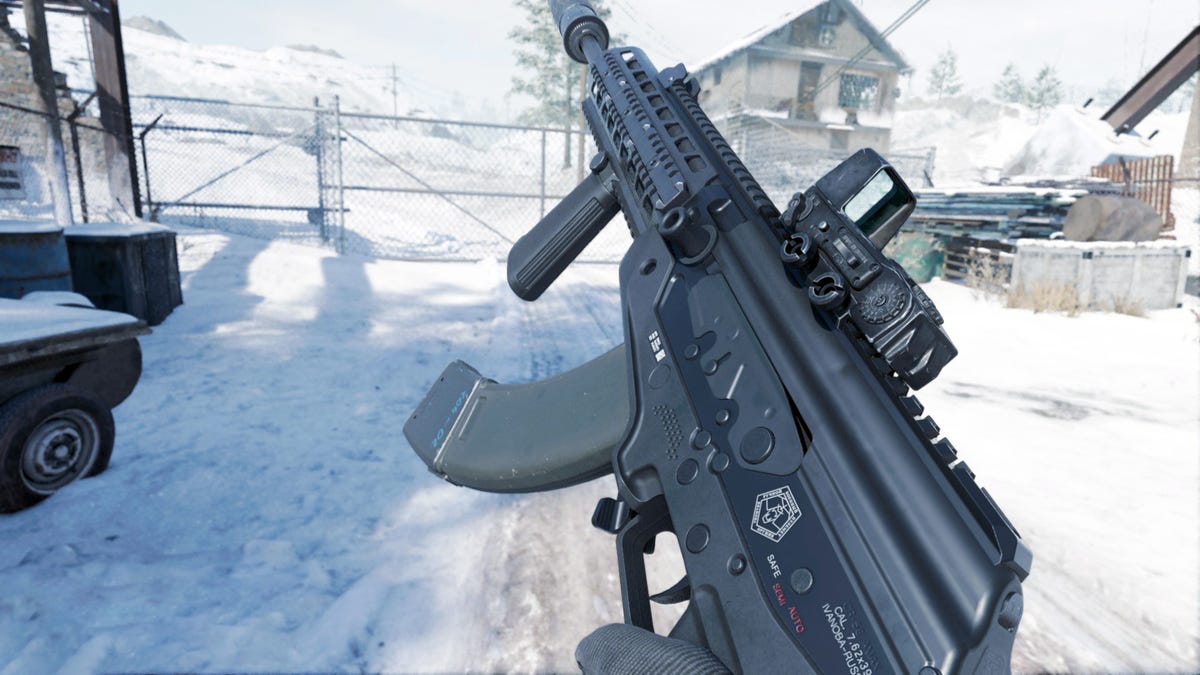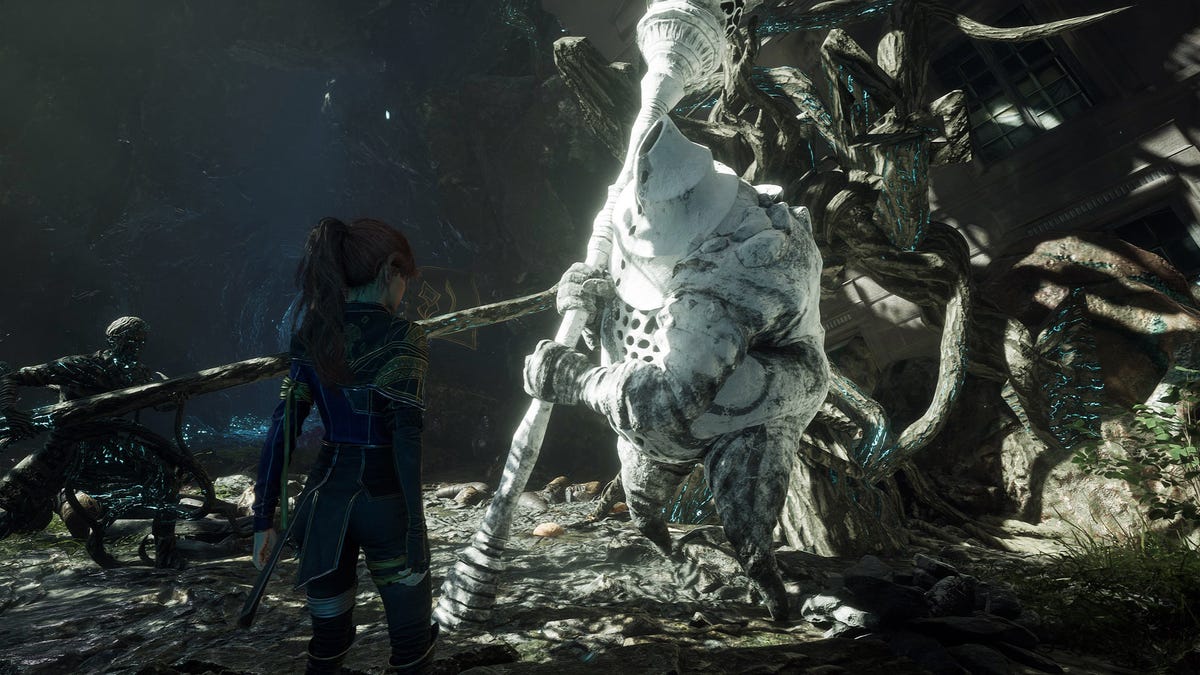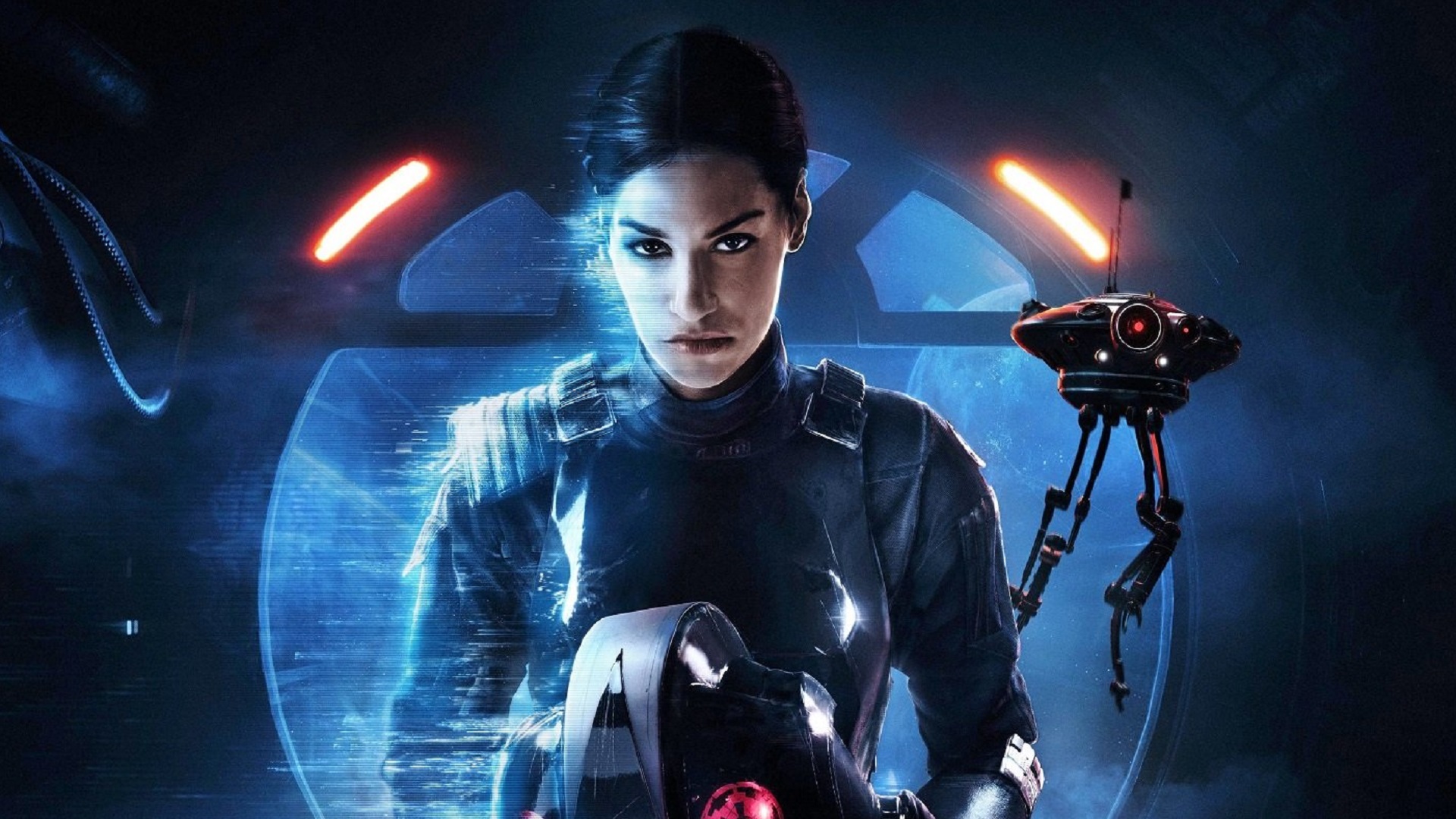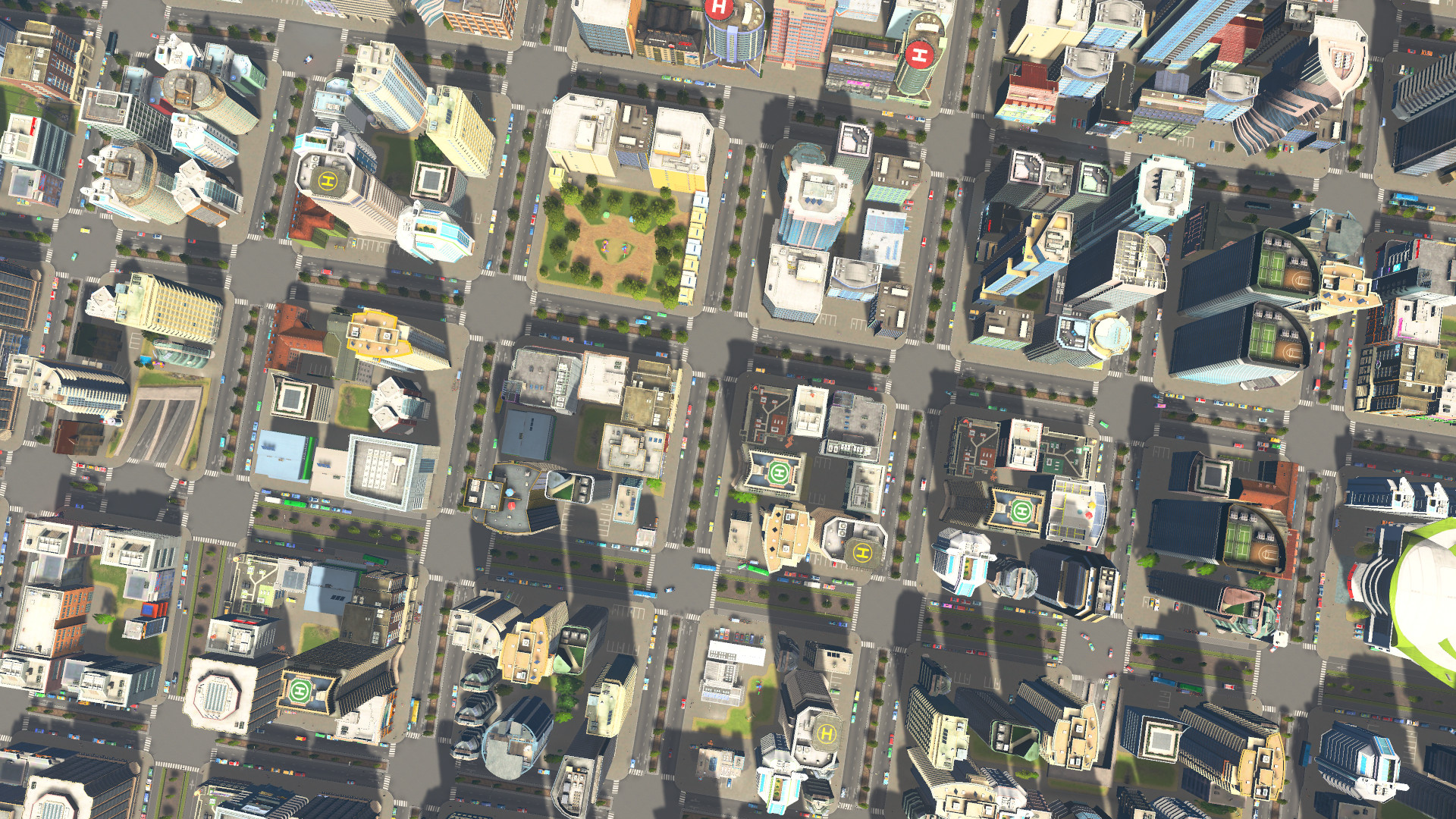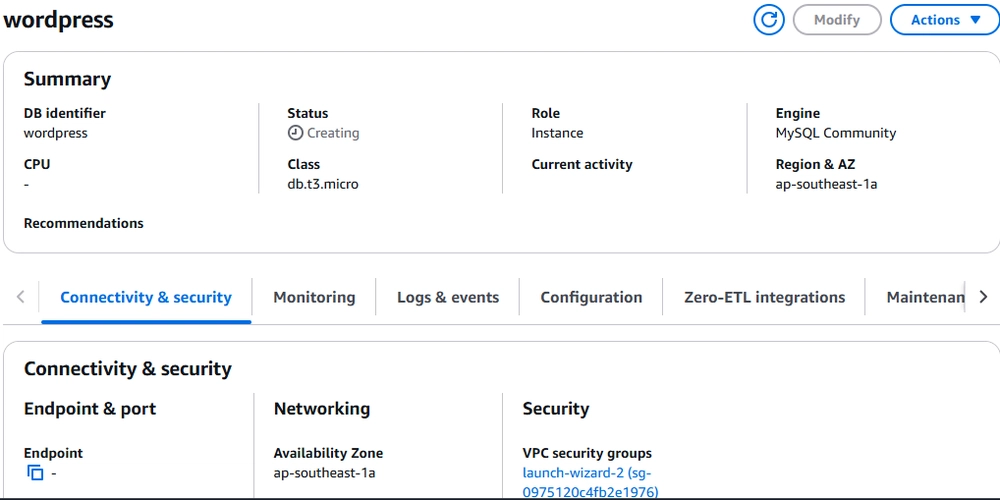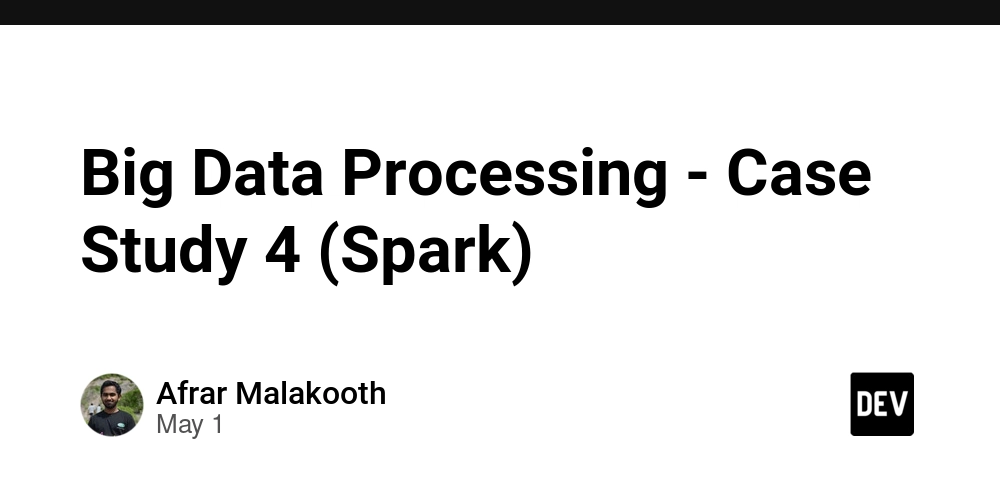"Bridging Minds & Machines: How Startups Can Ignite Artistic Innovation at the AI-Creativity Crossroads"
Bridging Minds & Machines: How Startups Can Ignite Artistic Innovation at the AI-Creativity Crossroads In the ever-evolving landscape of technology and creativity, a new frontier has emerged at the crossroads of artificial intelligence (AI) and art. Here, startups play a pivotal role, leveraging cutting-edge AI technologies to ignite artistic innovation like never before. This blog post explores how startups are fostering innovation, creativity, and unprecedented opportunities at this fascinating intersection. The Rise of AI in Art AI's entry into the realm of art has revolutionized how we perceive creativity. By analyzing vast datasets, AI can now generate art, music, literature, and more—challenging traditional notions of what it means to be creative. However, this transformation is not happening in isolation. Startups are at the forefront, devising novel ways to integrate AI into the creative process, touching every artistic discipline. How Startups are Catalyzing Artistic Innovation Startups, with their agility and innovative spirit, are uniquely positioned to drive change in the AI-art world. Here's how they are making a difference: 1. Democratizing Creativity Accessible AI Tools: Startups are building intuitive platforms that allow artists of all skill levels to harness AI technologies. By simplifying complex algorithms into user-friendly tools, they make artistic creation more accessible than ever. Collaborative Spaces: Platforms that facilitate collaboration between humans and AI encourage artists to experiment with new forms and styles, breaking traditional creative boundaries. 2. Creating New Art Forms Generative Art: Startups are using AI to create generative art that evolves continuously, offering dynamic experiences rather than static pieces. Interactive Installations: By integrating AI with augmented reality (AR) and virtual reality (VR), startups are engineering immersive environments where audiences can interact with art in revolutionary ways. 3. Empowering Individual Artists Personalized AI Assistants: These tools aid artists in exploring their creative potential, offering suggestions and insights personalized to their unique styles and preferences. AI-Powered Marketplaces: Startups are establishing platforms where AI-generated and AI-assisted art can be showcased and sold, connecting artists to a global audience. Challenges and Opportunities While the merging of AI and art is thrilling, it comes with challenges. Concerns around authorship, ethics, and the potential loss of human touch in art are prevalent. However, these challenges also present opportunities for startups to lead in establishing ethical guidelines and fostering balanced human-machine collaboration. Conclusion At the AI-creativity crossroads, startups are more than just tech innovators; they are catalysts for a new cultural renaissance. By bridging the gap between minds and machines, they empower artists, engage audiences, and redefine the very nature of art. As we look to the future, the fusion of AI and artistic expression promises not only technical marvels but a deeply enriched cultural experience. The trailblazing startups of today are lighting the way for tomorrow's artistic visionaries. Embrace the journey—it’s only just beginning.

Bridging Minds & Machines: How Startups Can Ignite Artistic Innovation at the AI-Creativity Crossroads
In the ever-evolving landscape of technology and creativity, a new frontier has emerged at the crossroads of artificial intelligence (AI) and art. Here, startups play a pivotal role, leveraging cutting-edge AI technologies to ignite artistic innovation like never before. This blog post explores how startups are fostering innovation, creativity, and unprecedented opportunities at this fascinating intersection.
The Rise of AI in Art
AI's entry into the realm of art has revolutionized how we perceive creativity. By analyzing vast datasets, AI can now generate art, music, literature, and more—challenging traditional notions of what it means to be creative. However, this transformation is not happening in isolation. Startups are at the forefront, devising novel ways to integrate AI into the creative process, touching every artistic discipline.
How Startups are Catalyzing Artistic Innovation
Startups, with their agility and innovative spirit, are uniquely positioned to drive change in the AI-art world. Here's how they are making a difference:
1. Democratizing Creativity
- Accessible AI Tools: Startups are building intuitive platforms that allow artists of all skill levels to harness AI technologies. By simplifying complex algorithms into user-friendly tools, they make artistic creation more accessible than ever.
- Collaborative Spaces: Platforms that facilitate collaboration between humans and AI encourage artists to experiment with new forms and styles, breaking traditional creative boundaries.
2. Creating New Art Forms
- Generative Art: Startups are using AI to create generative art that evolves continuously, offering dynamic experiences rather than static pieces.
- Interactive Installations: By integrating AI with augmented reality (AR) and virtual reality (VR), startups are engineering immersive environments where audiences can interact with art in revolutionary ways.
3. Empowering Individual Artists
- Personalized AI Assistants: These tools aid artists in exploring their creative potential, offering suggestions and insights personalized to their unique styles and preferences.
- AI-Powered Marketplaces: Startups are establishing platforms where AI-generated and AI-assisted art can be showcased and sold, connecting artists to a global audience.
Challenges and Opportunities
While the merging of AI and art is thrilling, it comes with challenges. Concerns around authorship, ethics, and the potential loss of human touch in art are prevalent. However, these challenges also present opportunities for startups to lead in establishing ethical guidelines and fostering balanced human-machine collaboration.
Conclusion
At the AI-creativity crossroads, startups are more than just tech innovators; they are catalysts for a new cultural renaissance. By bridging the gap between minds and machines, they empower artists, engage audiences, and redefine the very nature of art. As we look to the future, the fusion of AI and artistic expression promises not only technical marvels but a deeply enriched cultural experience. The trailblazing startups of today are lighting the way for tomorrow's artistic visionaries. Embrace the journey—it’s only just beginning.
_Andy_Dean_Photography_Alamy.jpg?width=1280&auto=webp&quality=80&disable=upscale#)
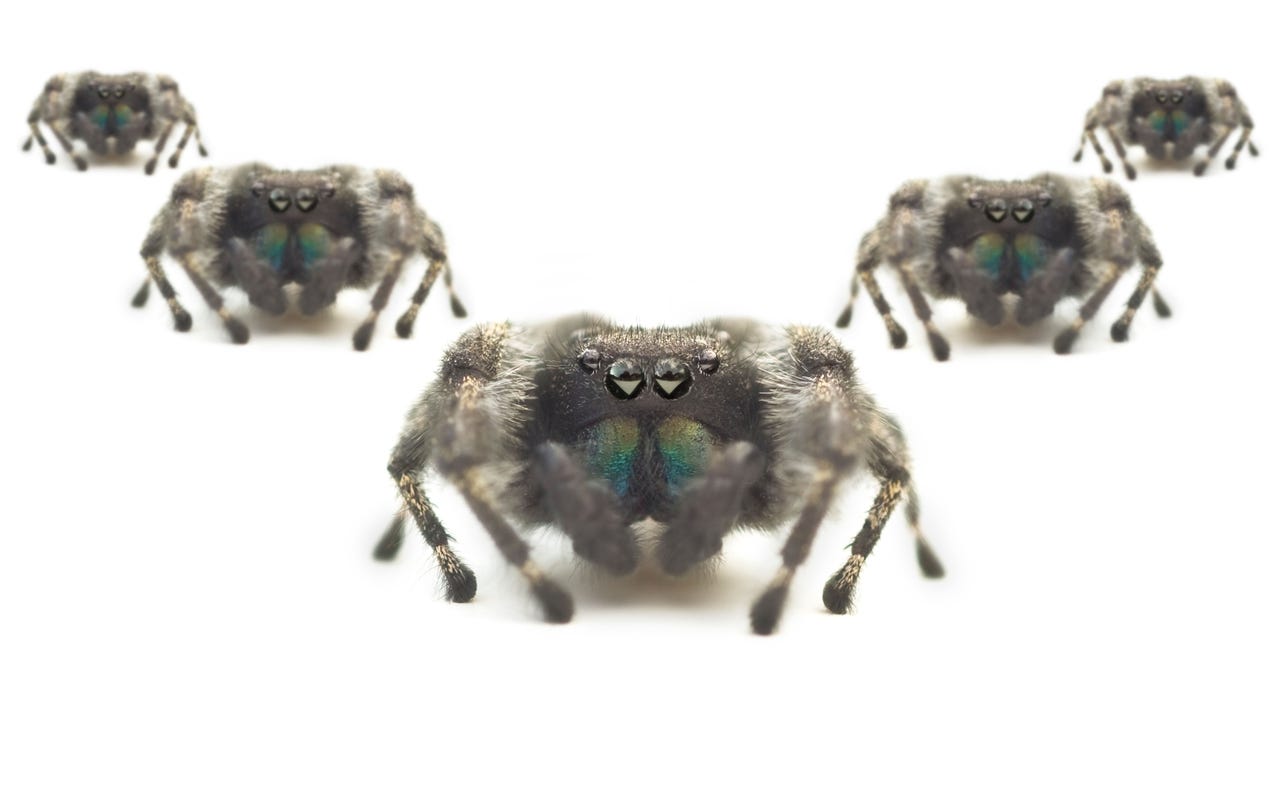


















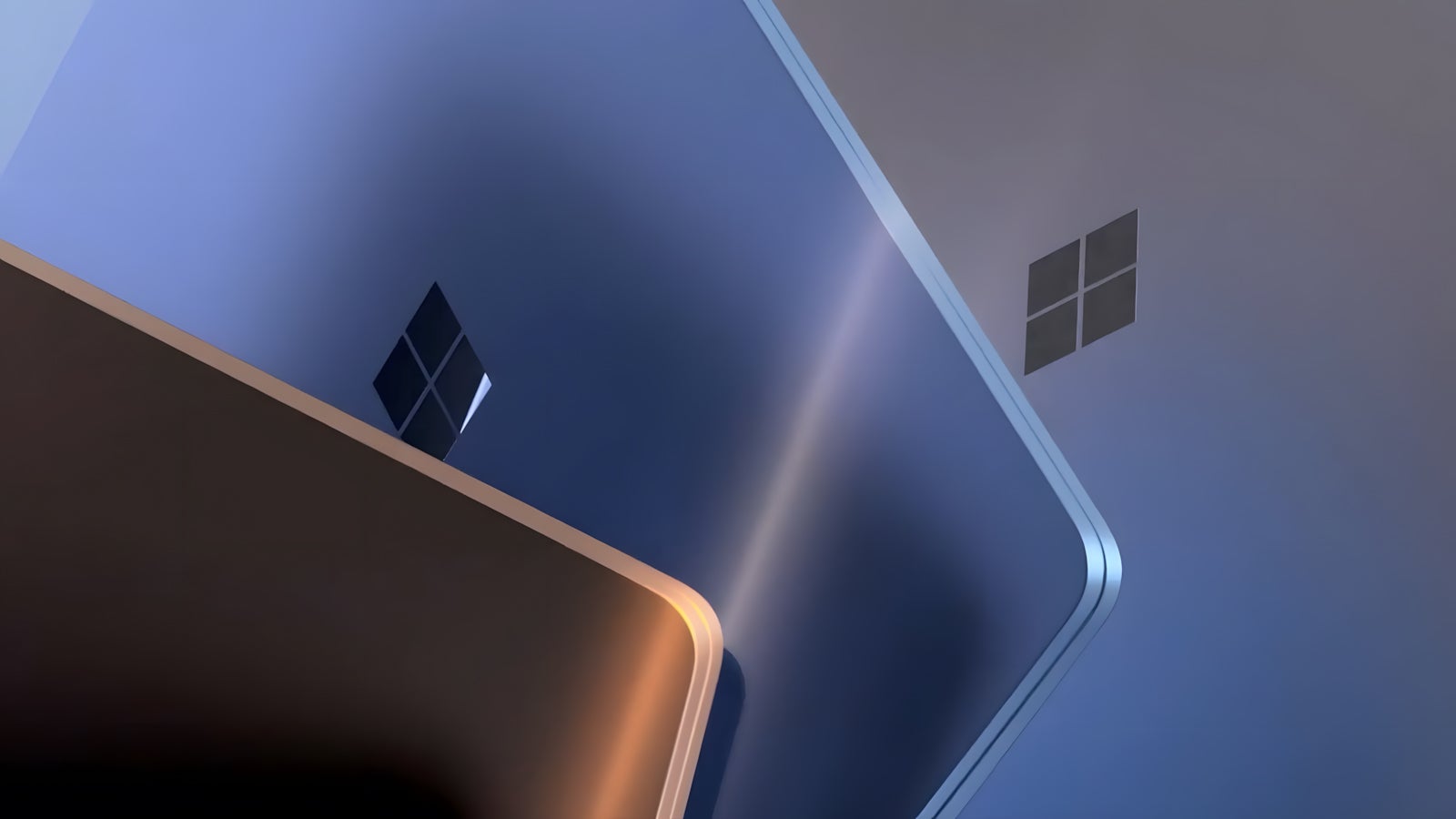
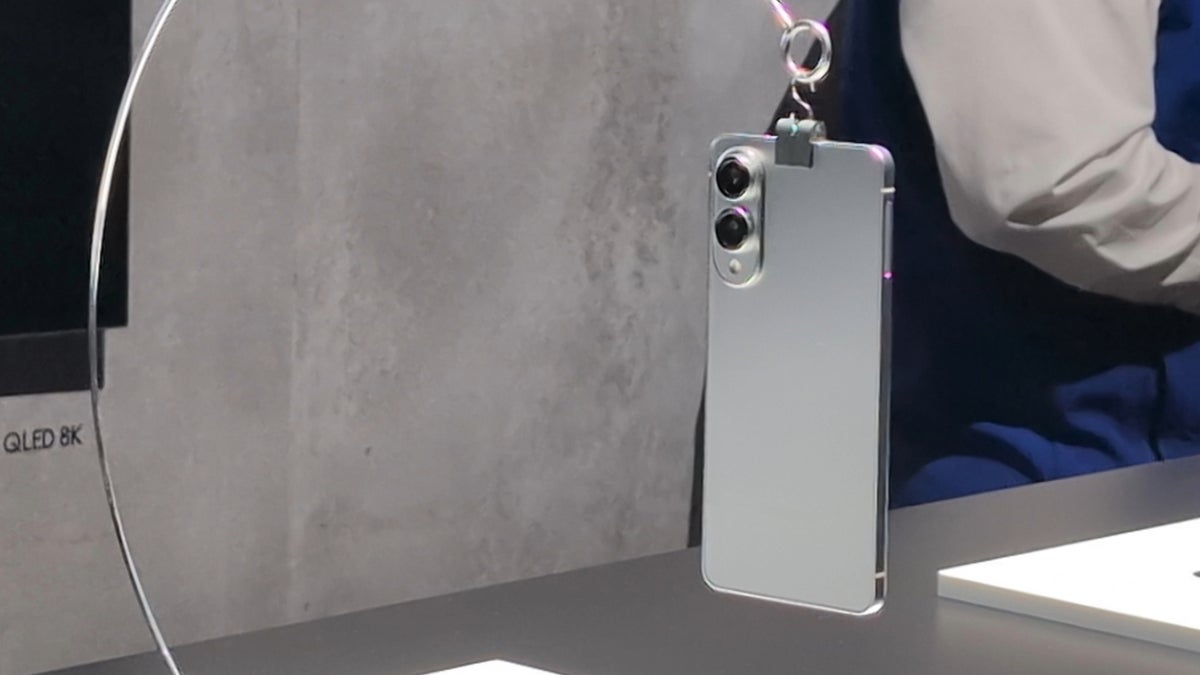
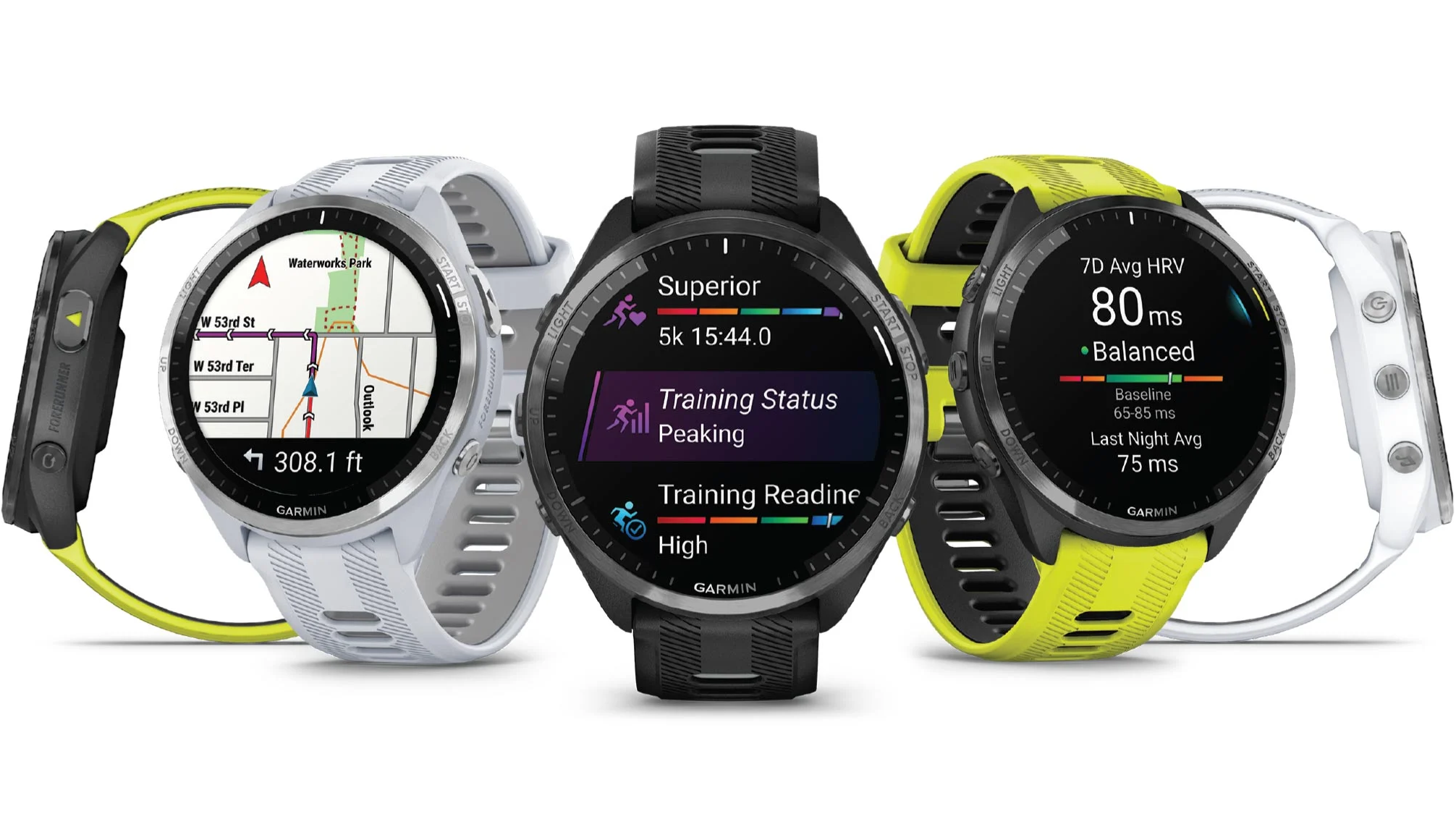
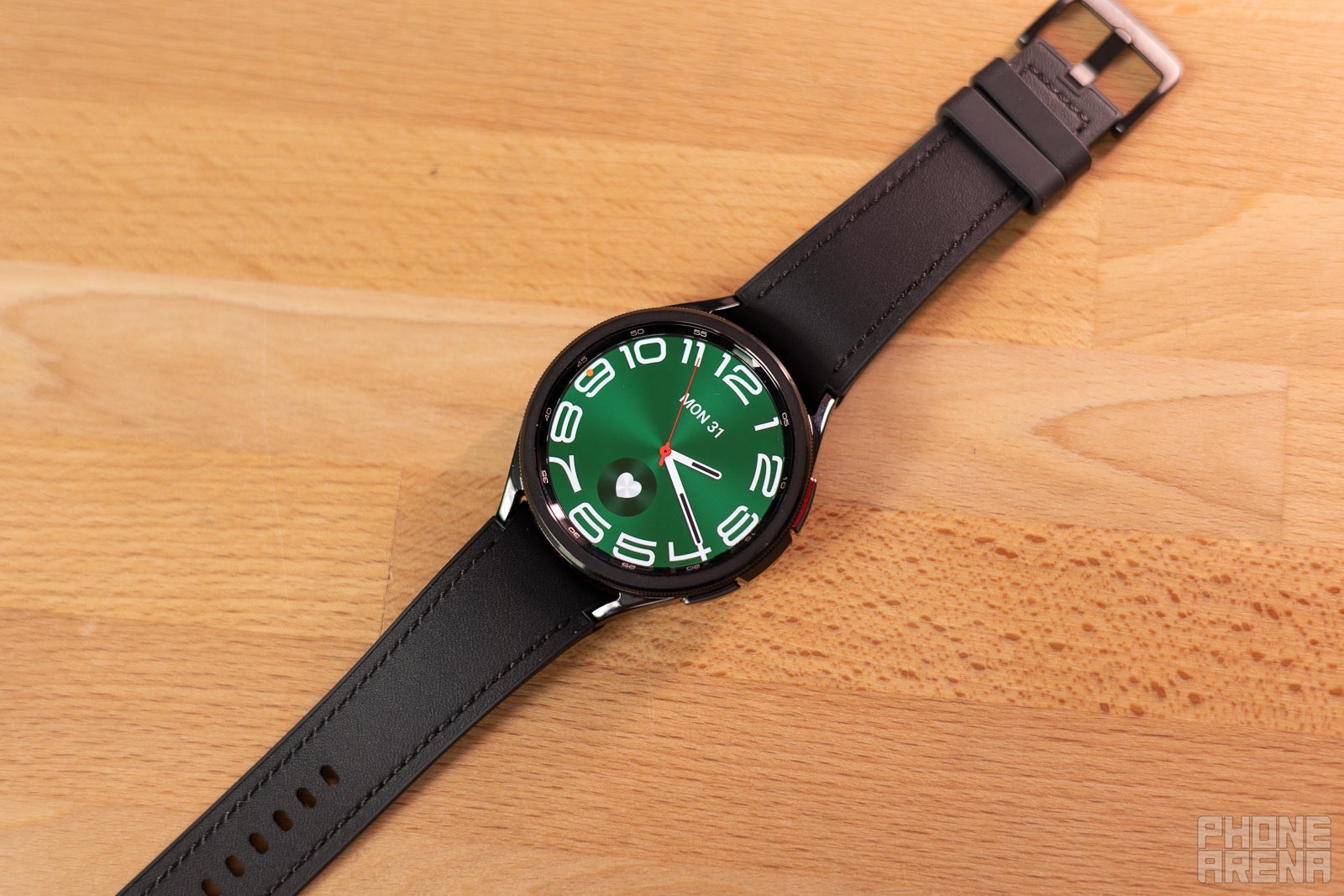




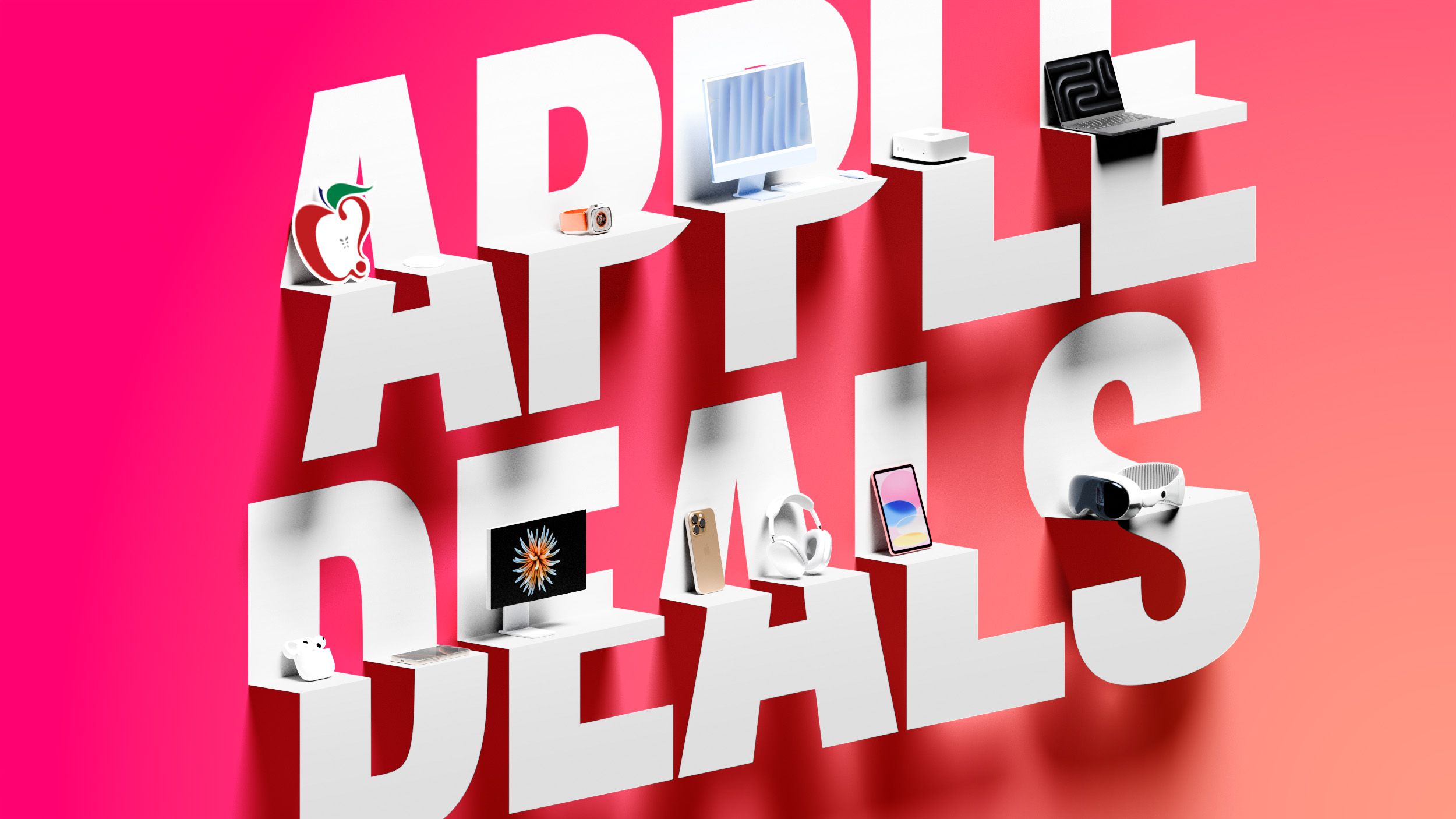
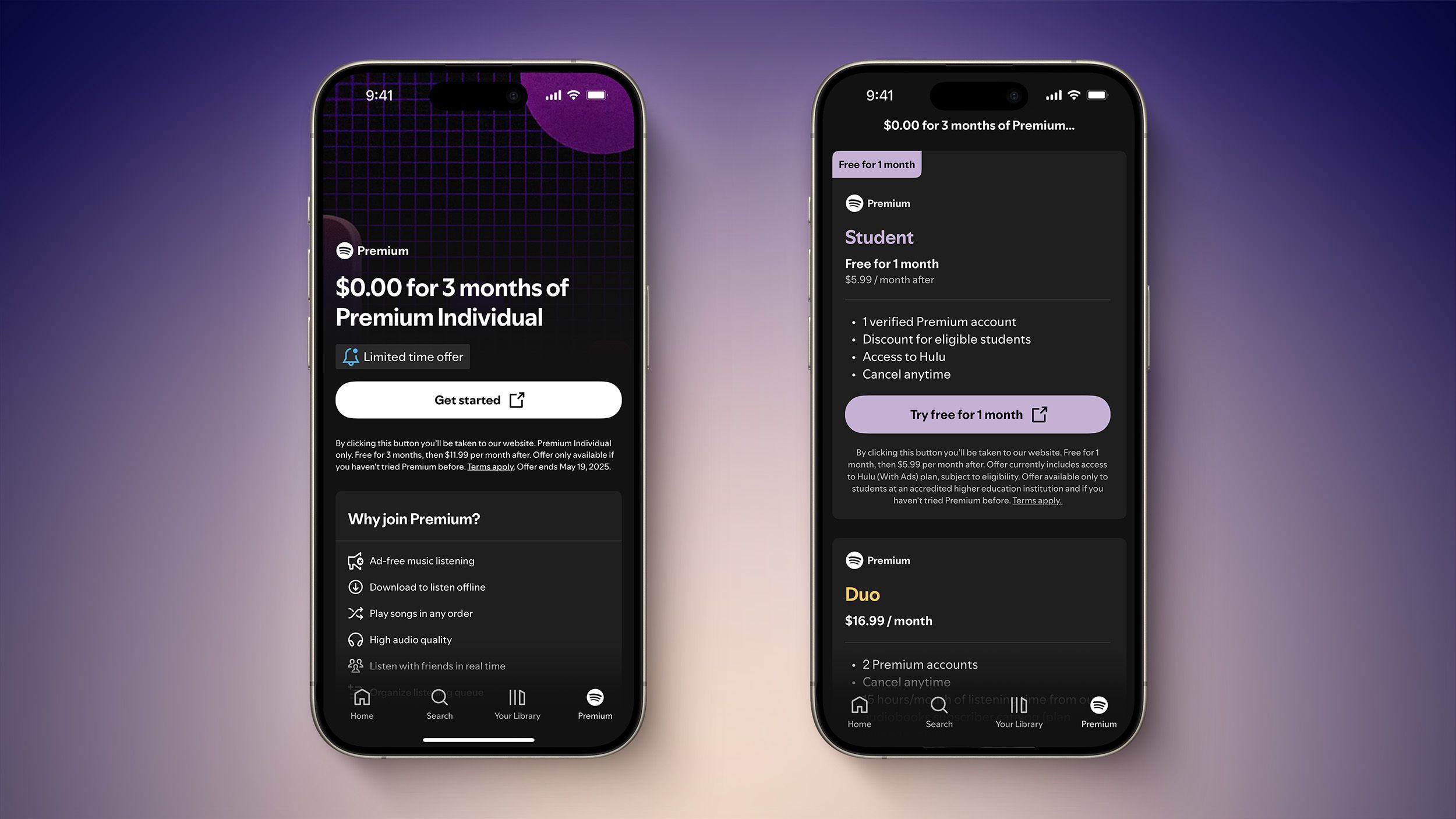
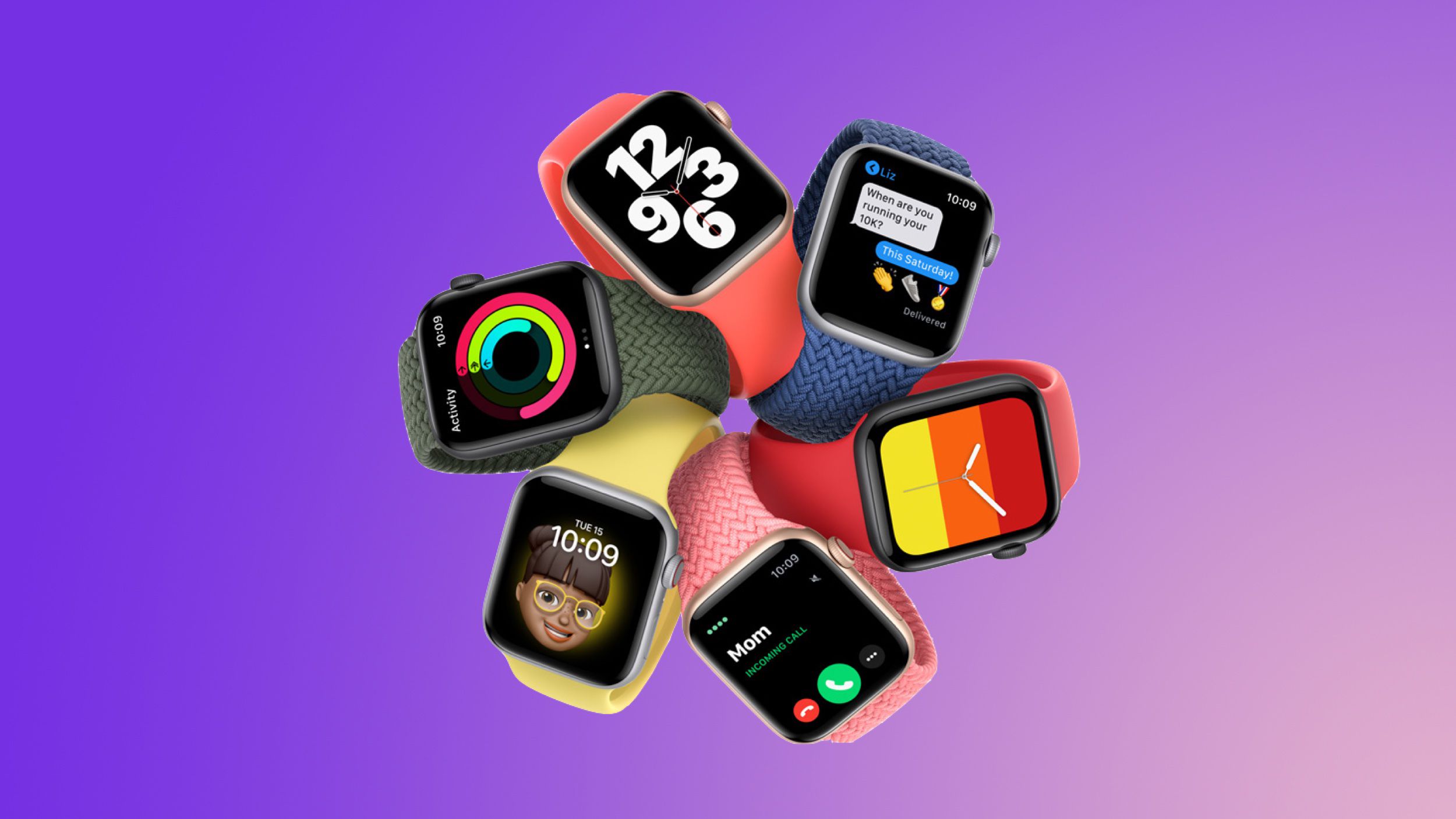


























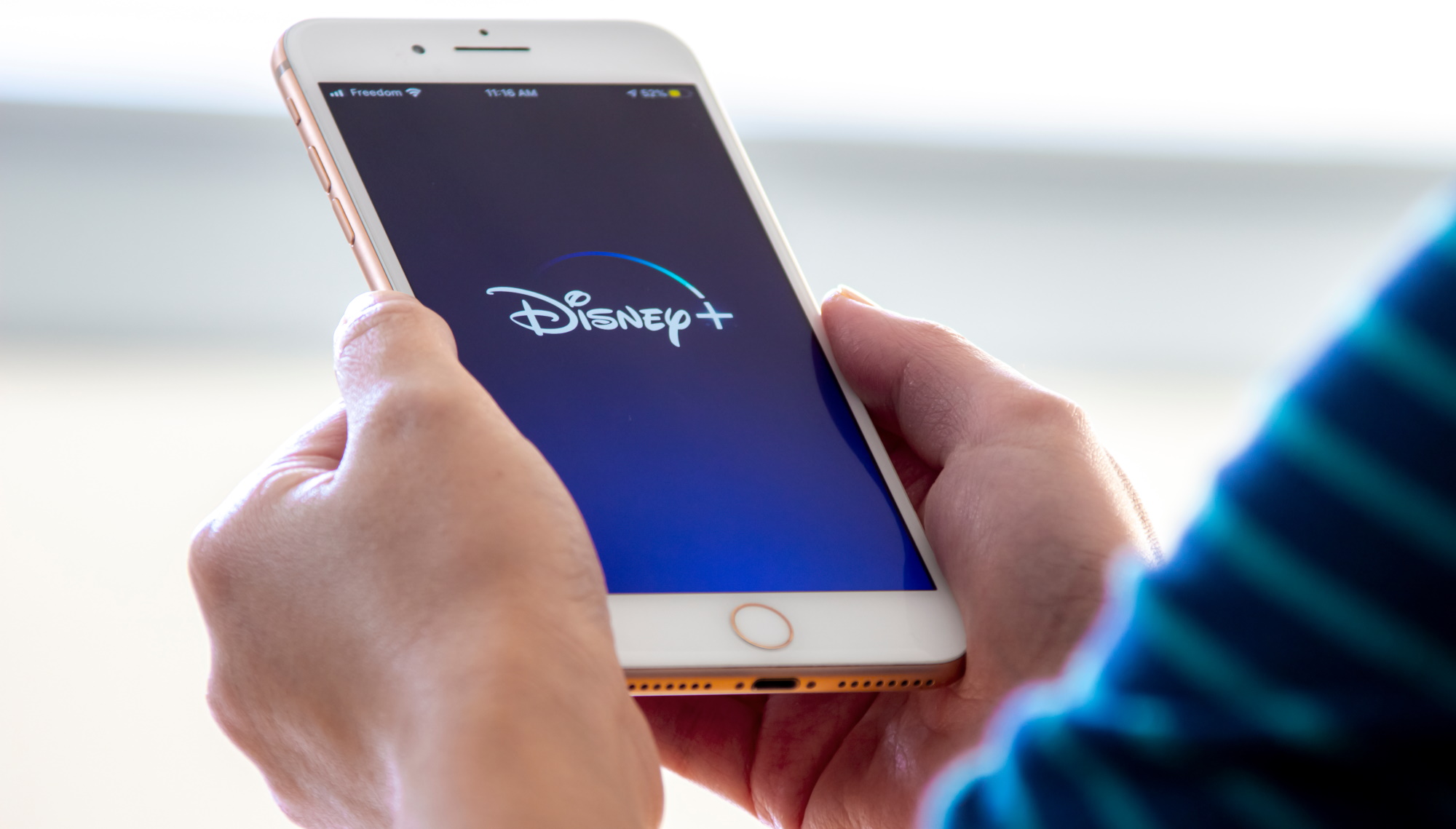
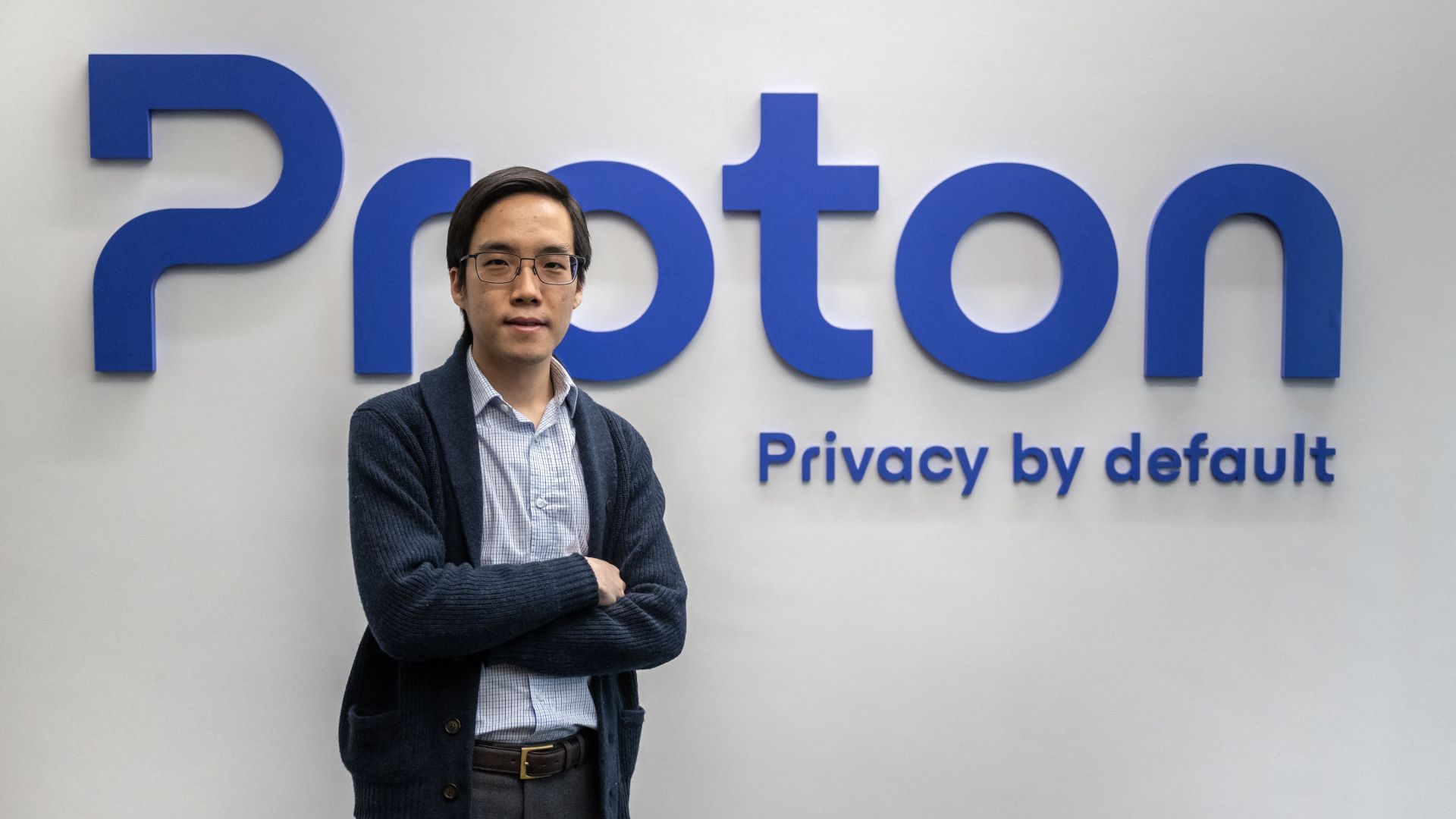



















![Apple Reports Q2 FY25 Earnings: $95.4 Billion in Revenue, $24.8 Billion in Net Income [Chart]](https://www.iclarified.com/images/news/97188/97188/97188-640.jpg)
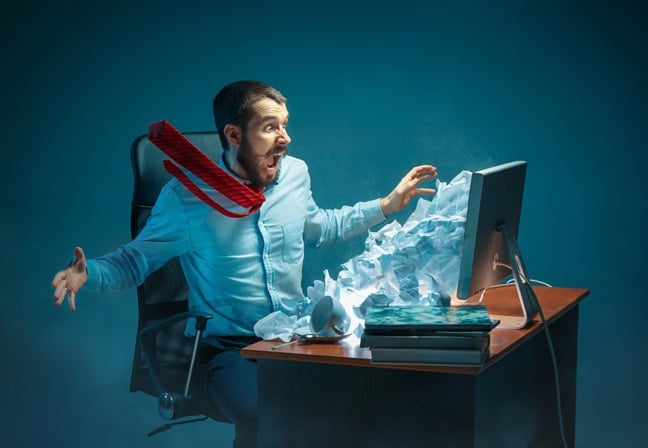
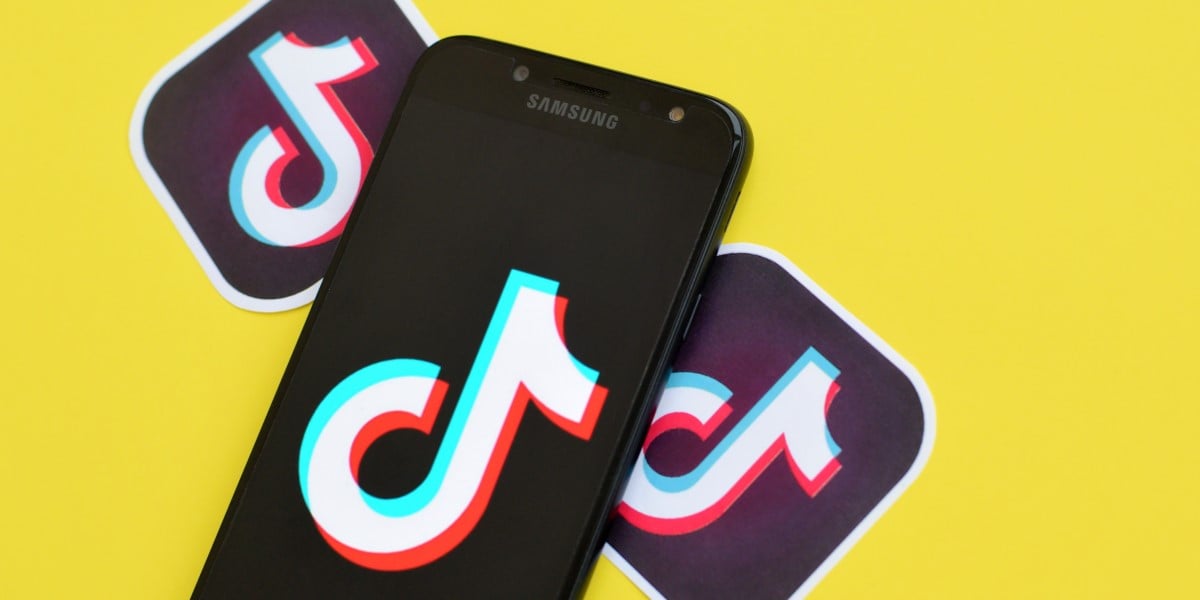
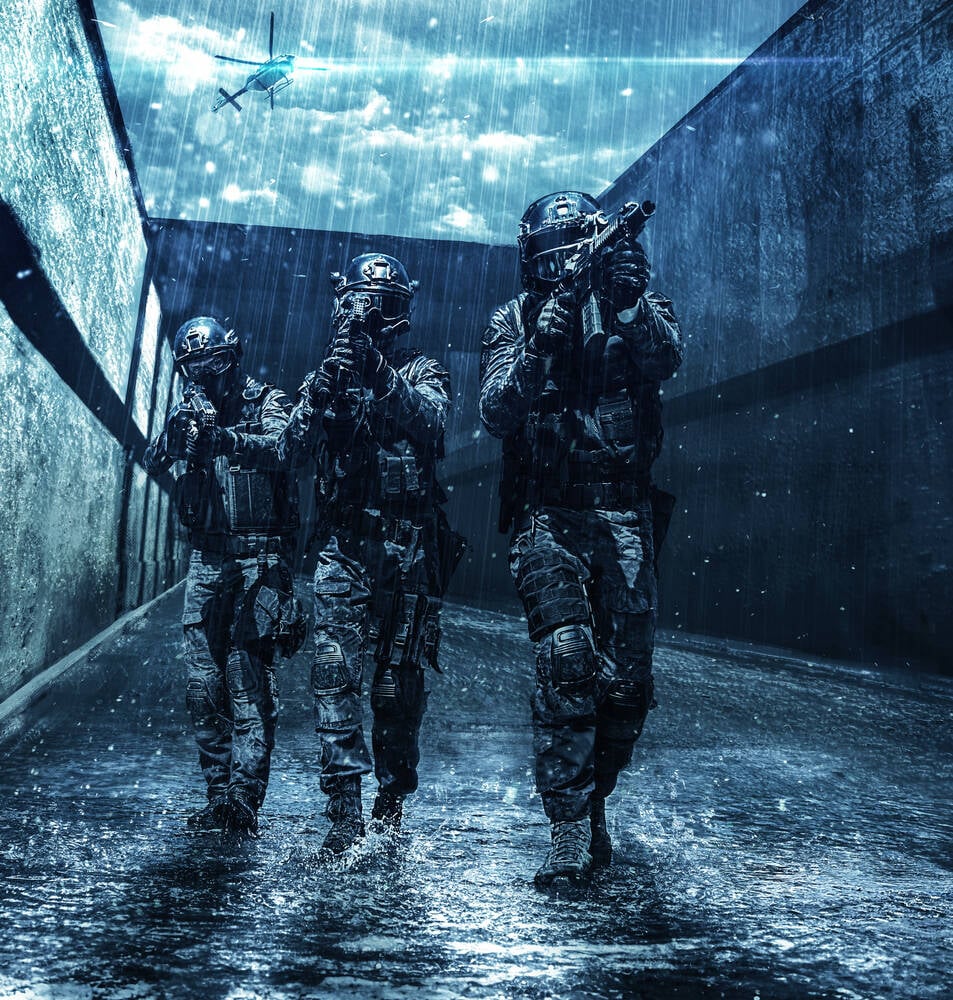
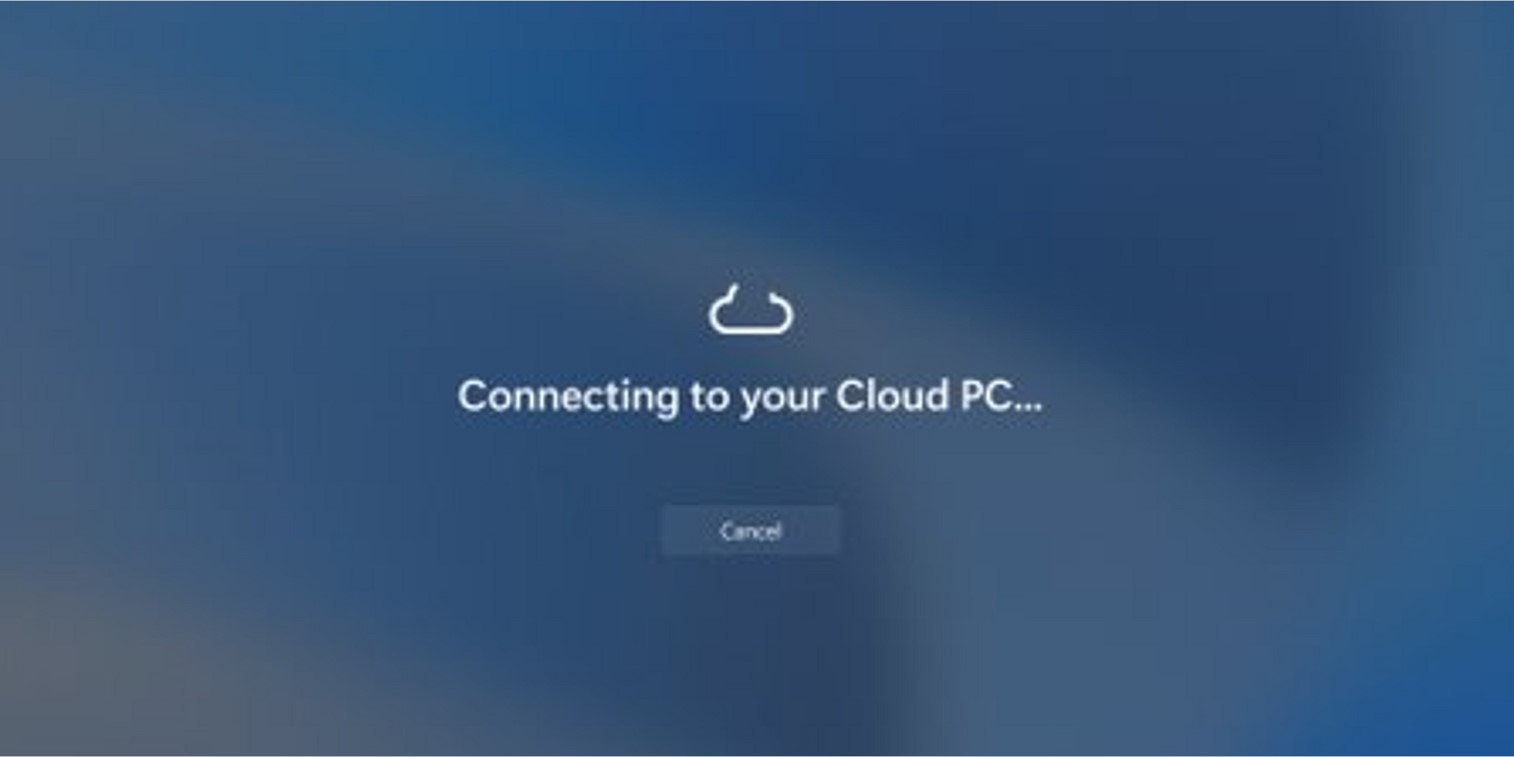







![Here’s the Pebble smartwatch reboot in action, and how much tariffs might cost you [Video]](https://i0.wp.com/9to5google.com/wp-content/uploads/sites/4/2025/03/core-2-duo-smartwatch-3.jpg?resize=1200%2C628&quality=82&strip=all&ssl=1)








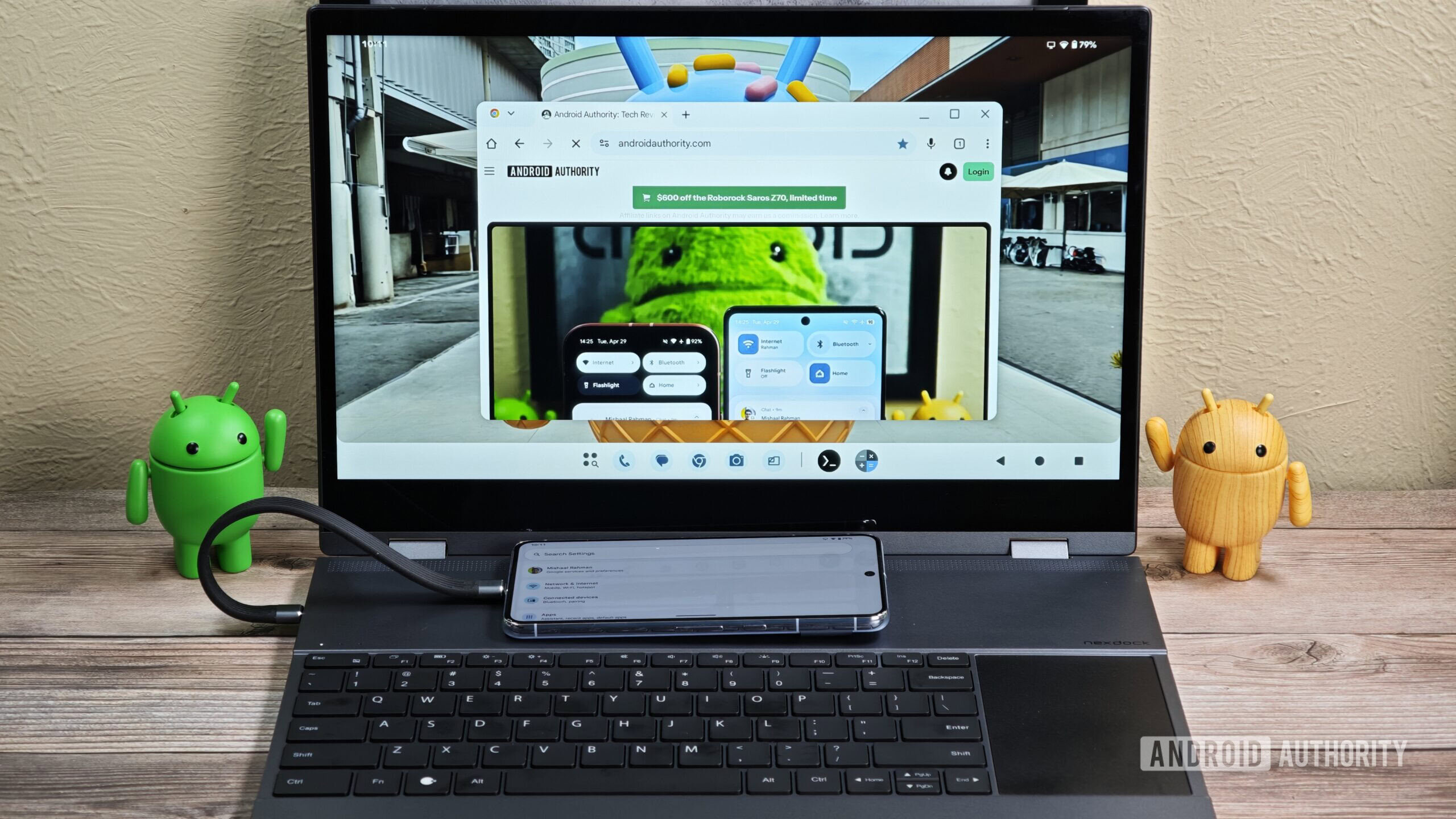

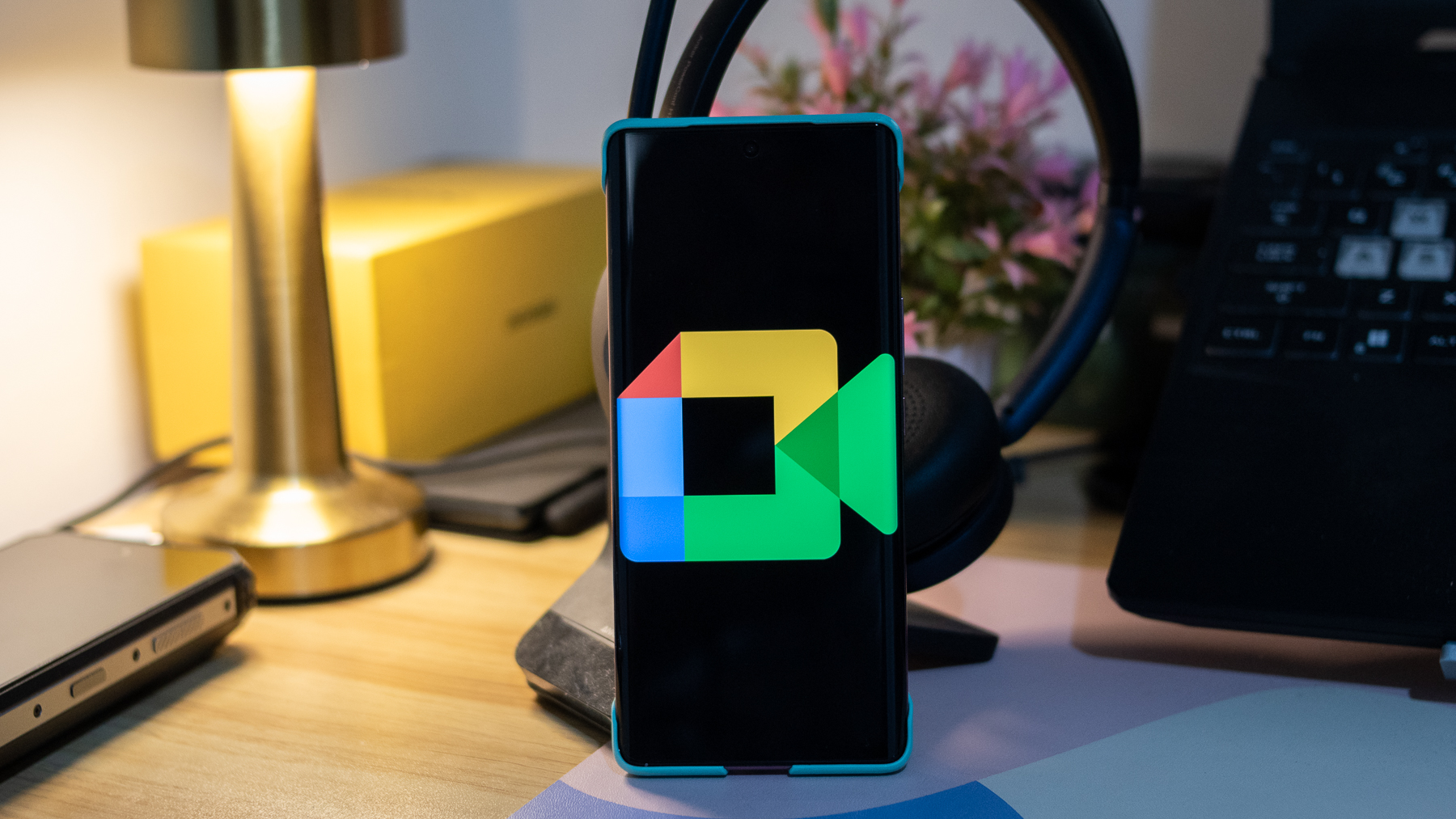
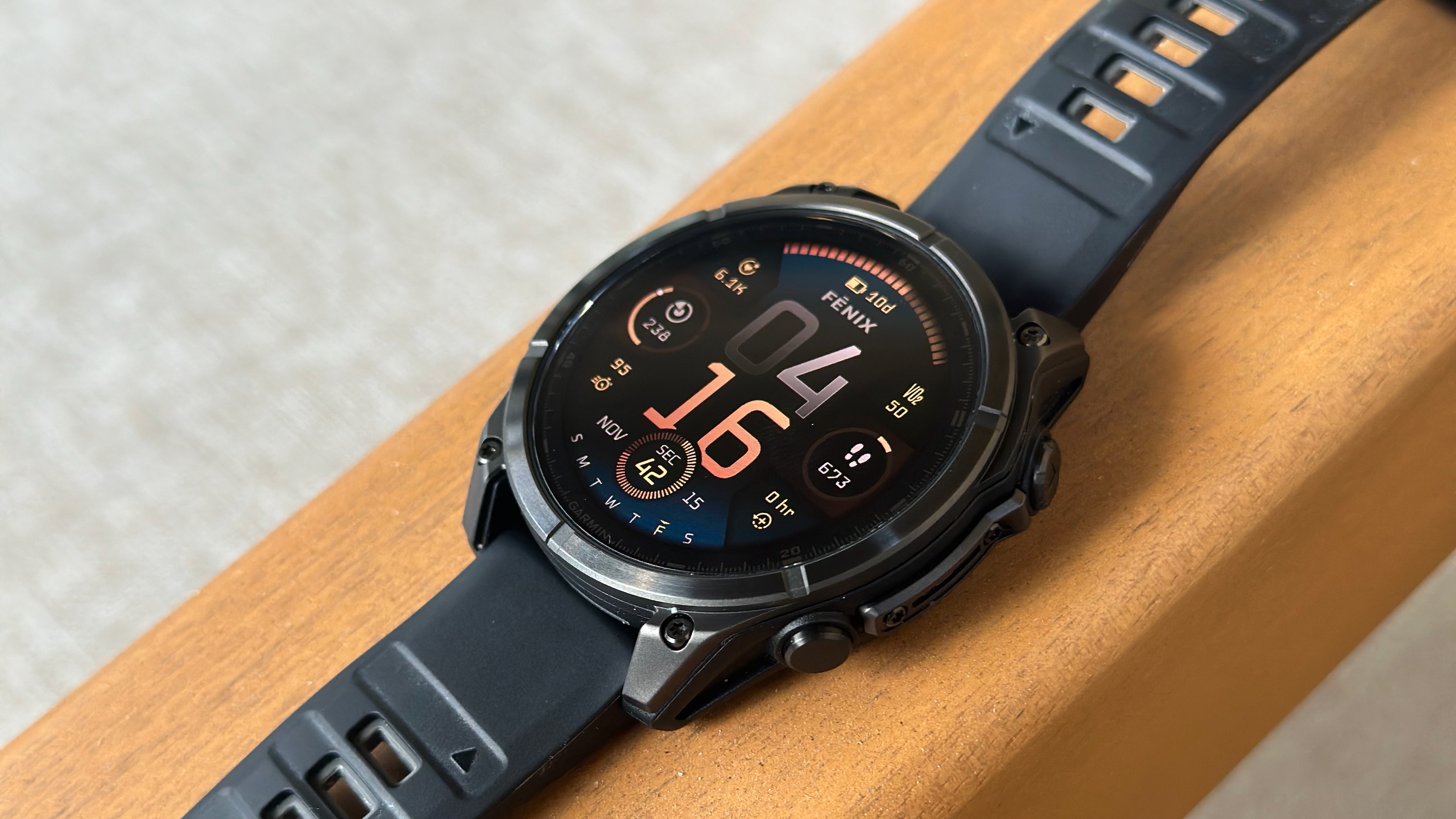
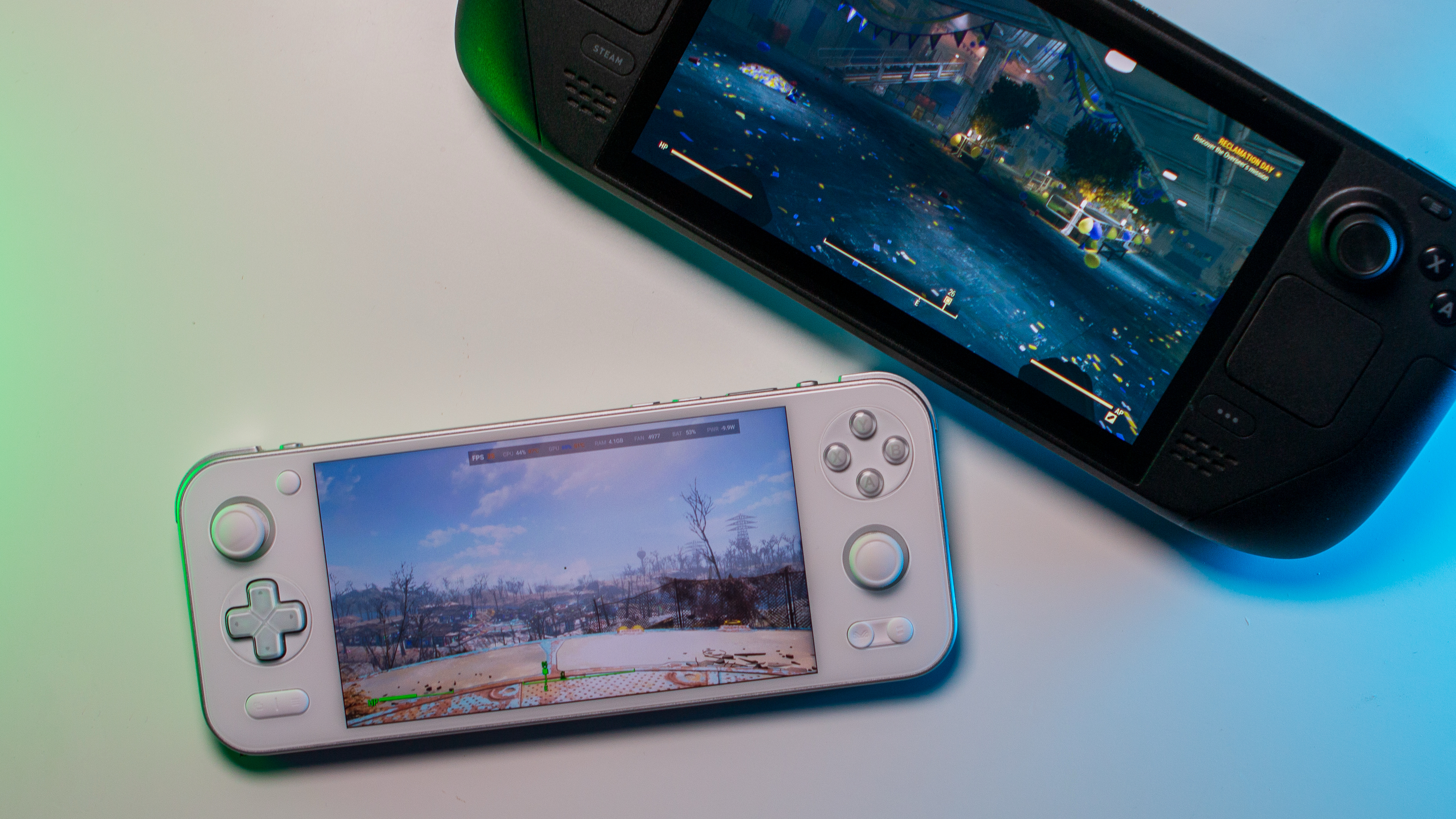


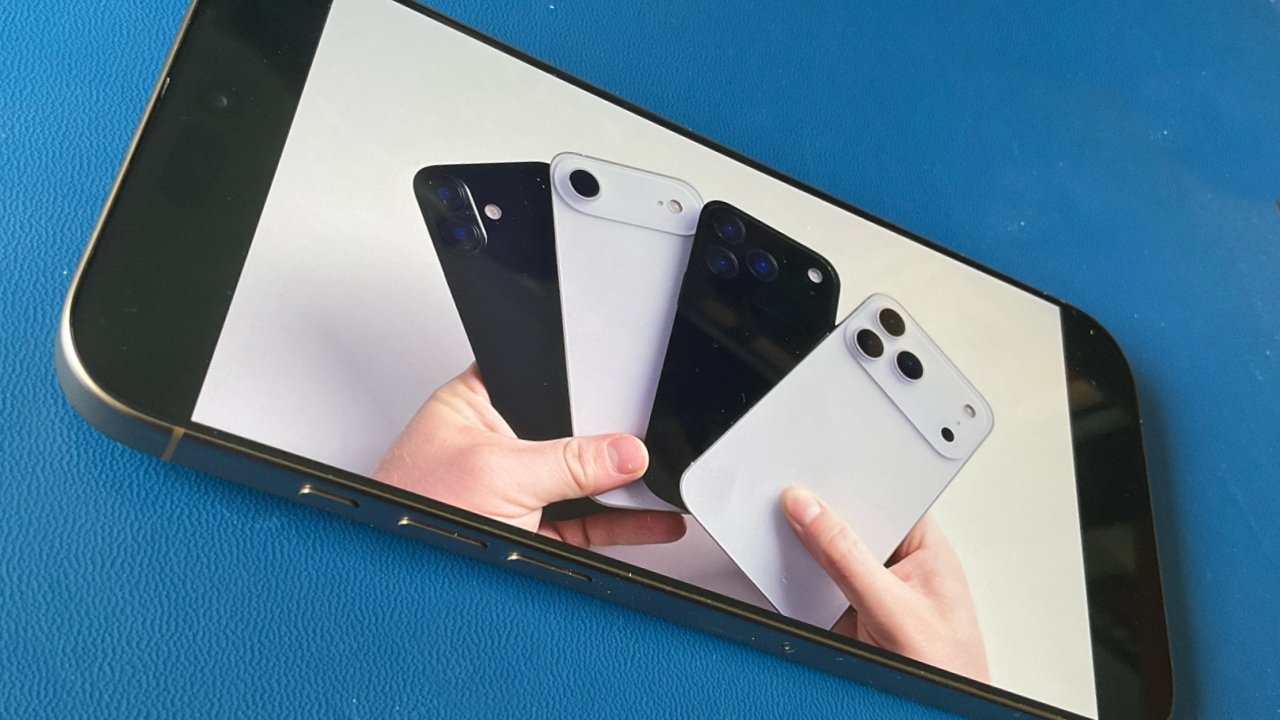
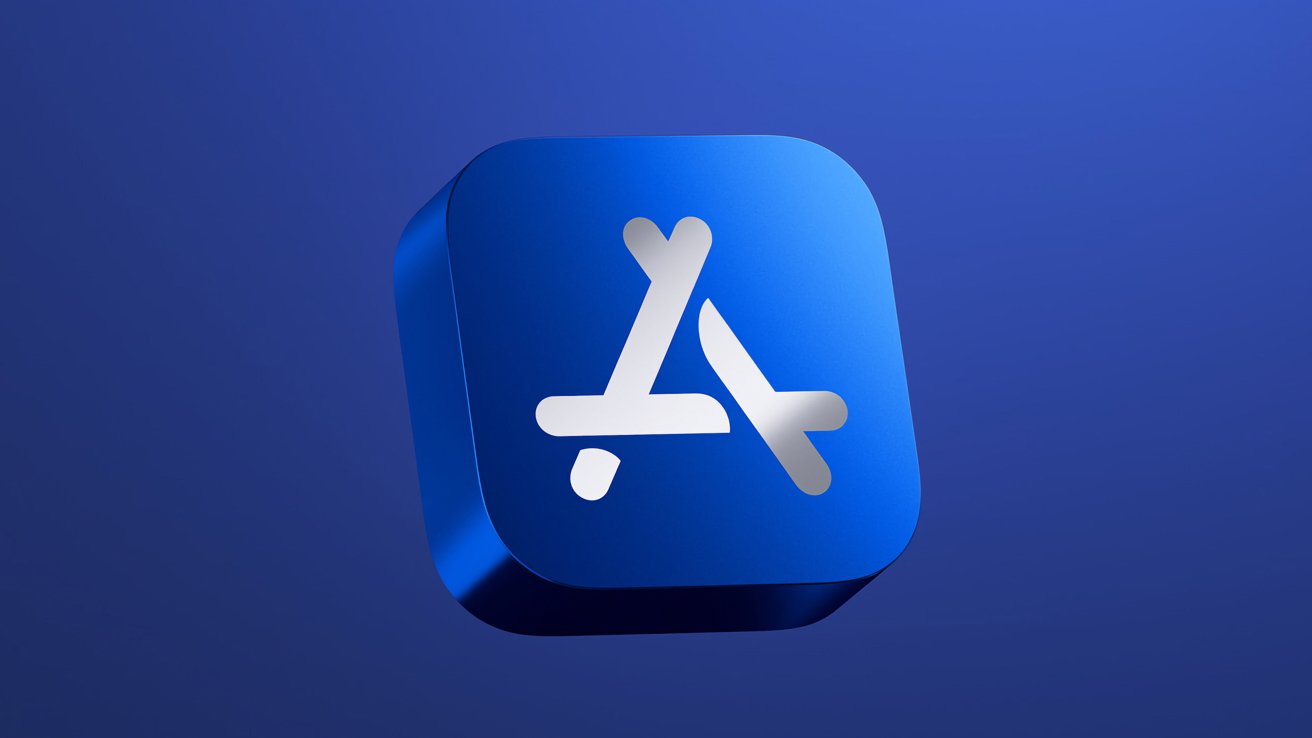
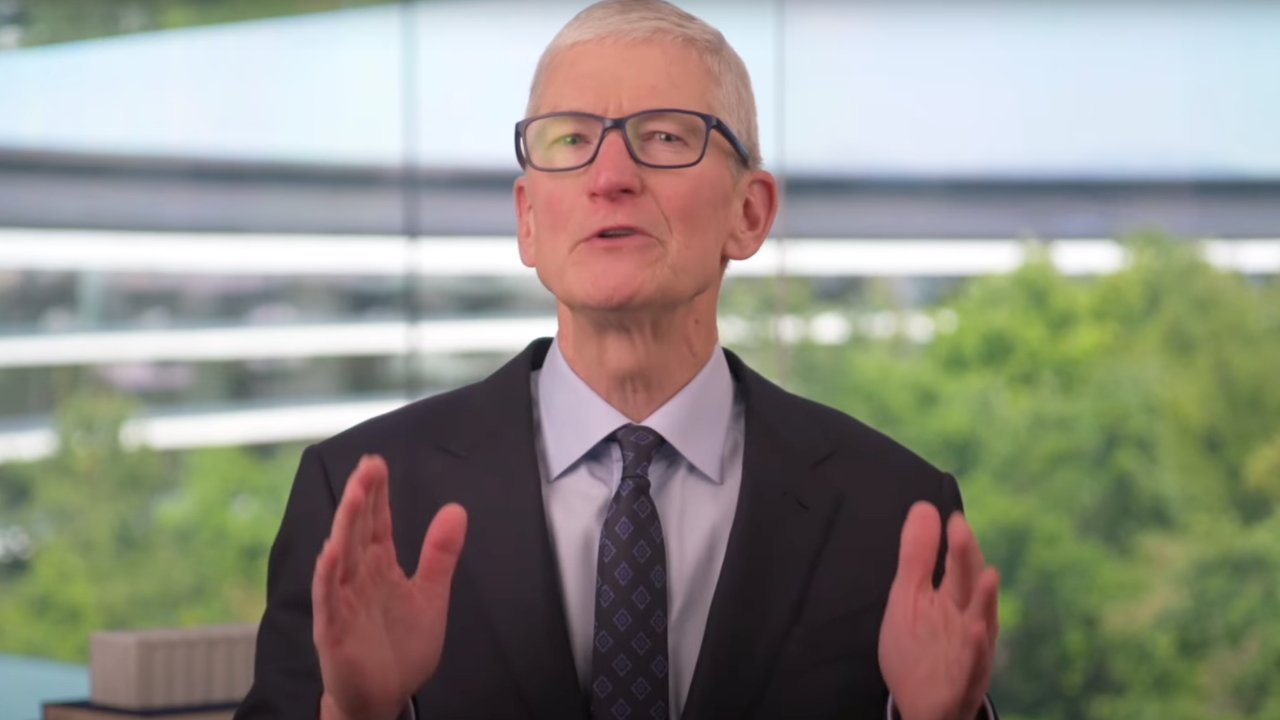
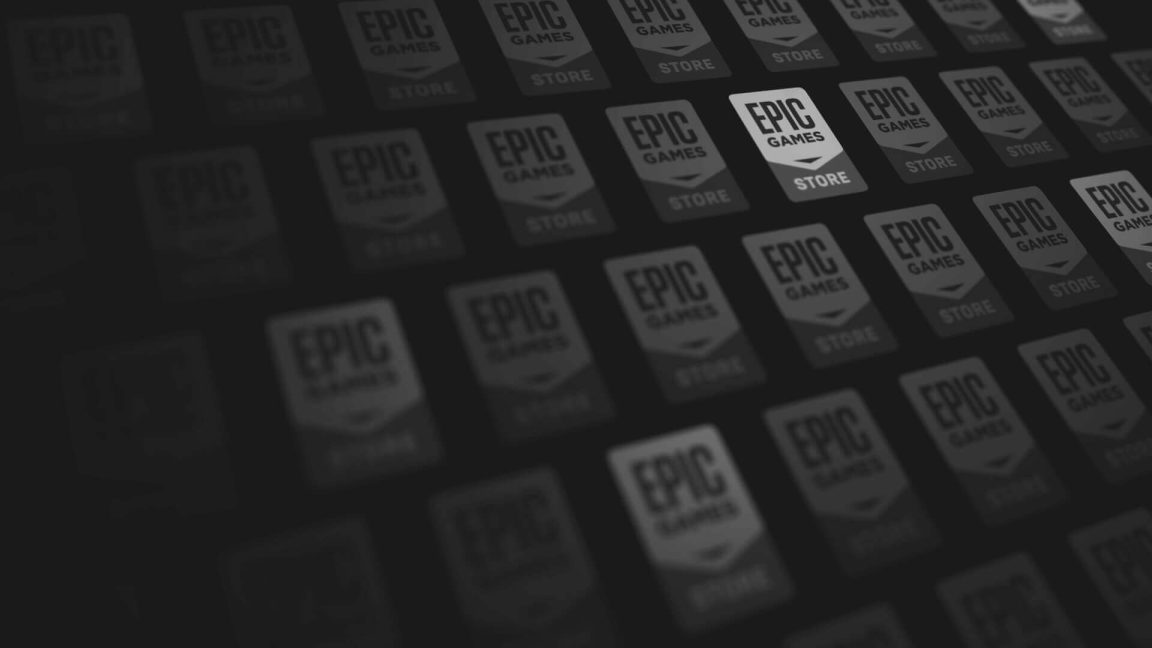
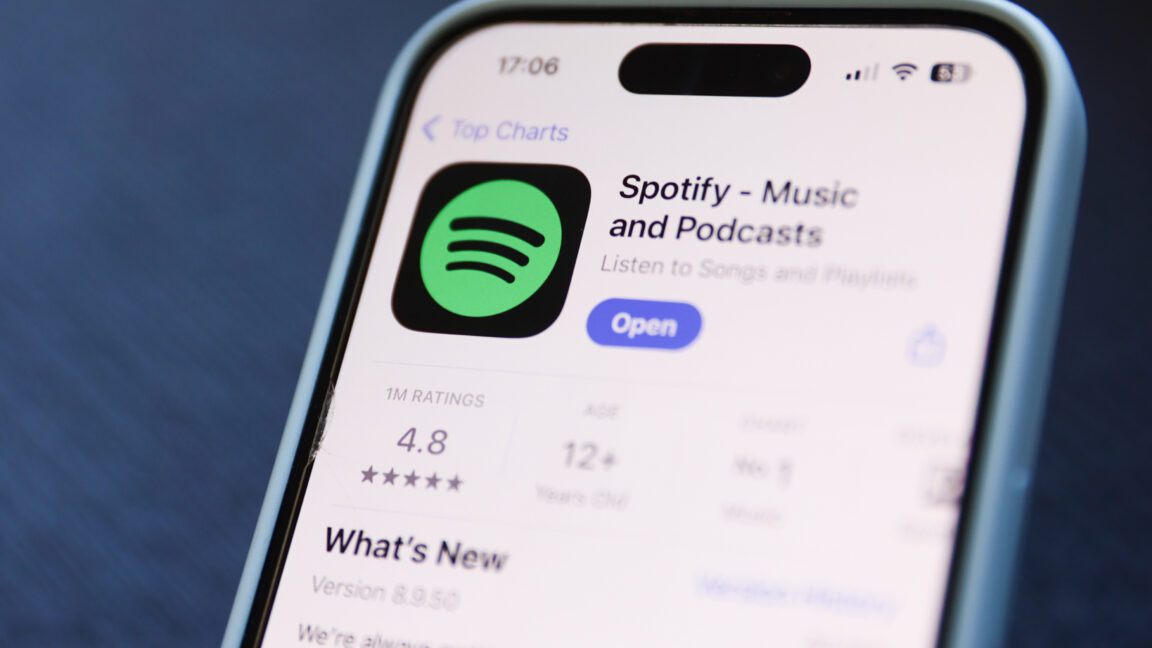
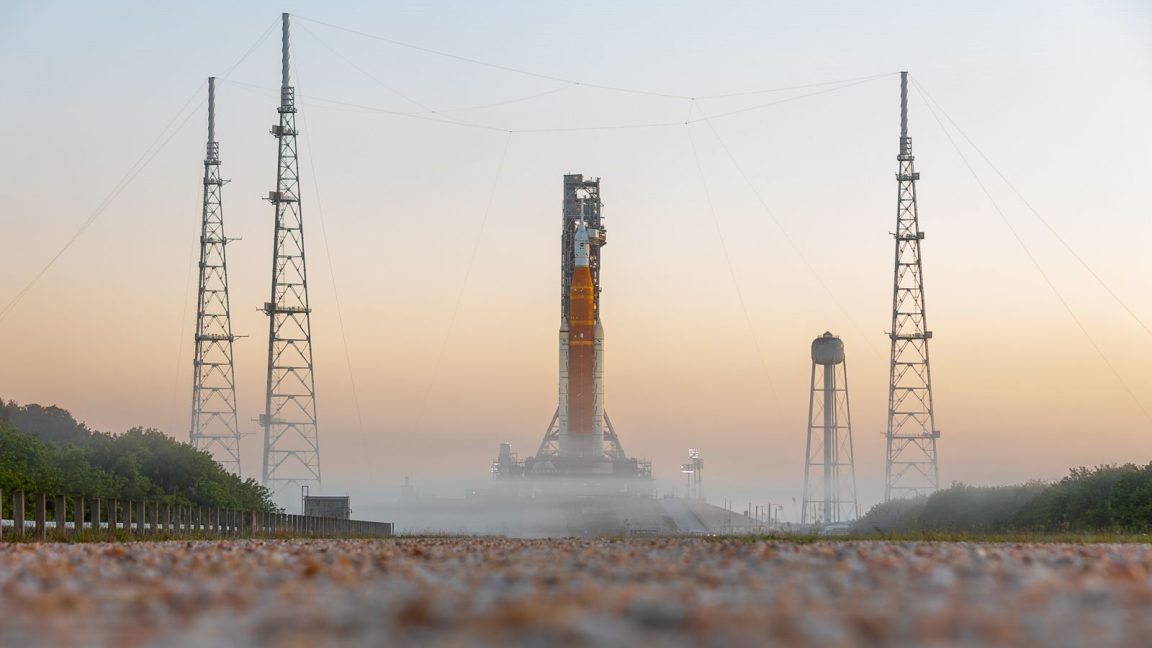
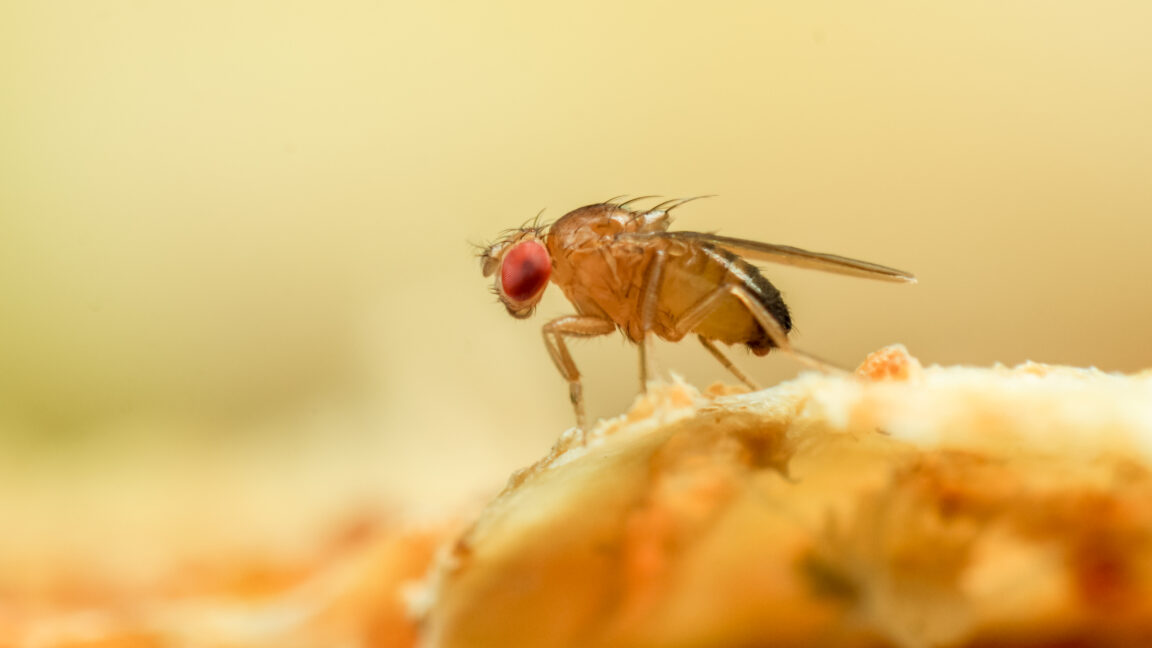
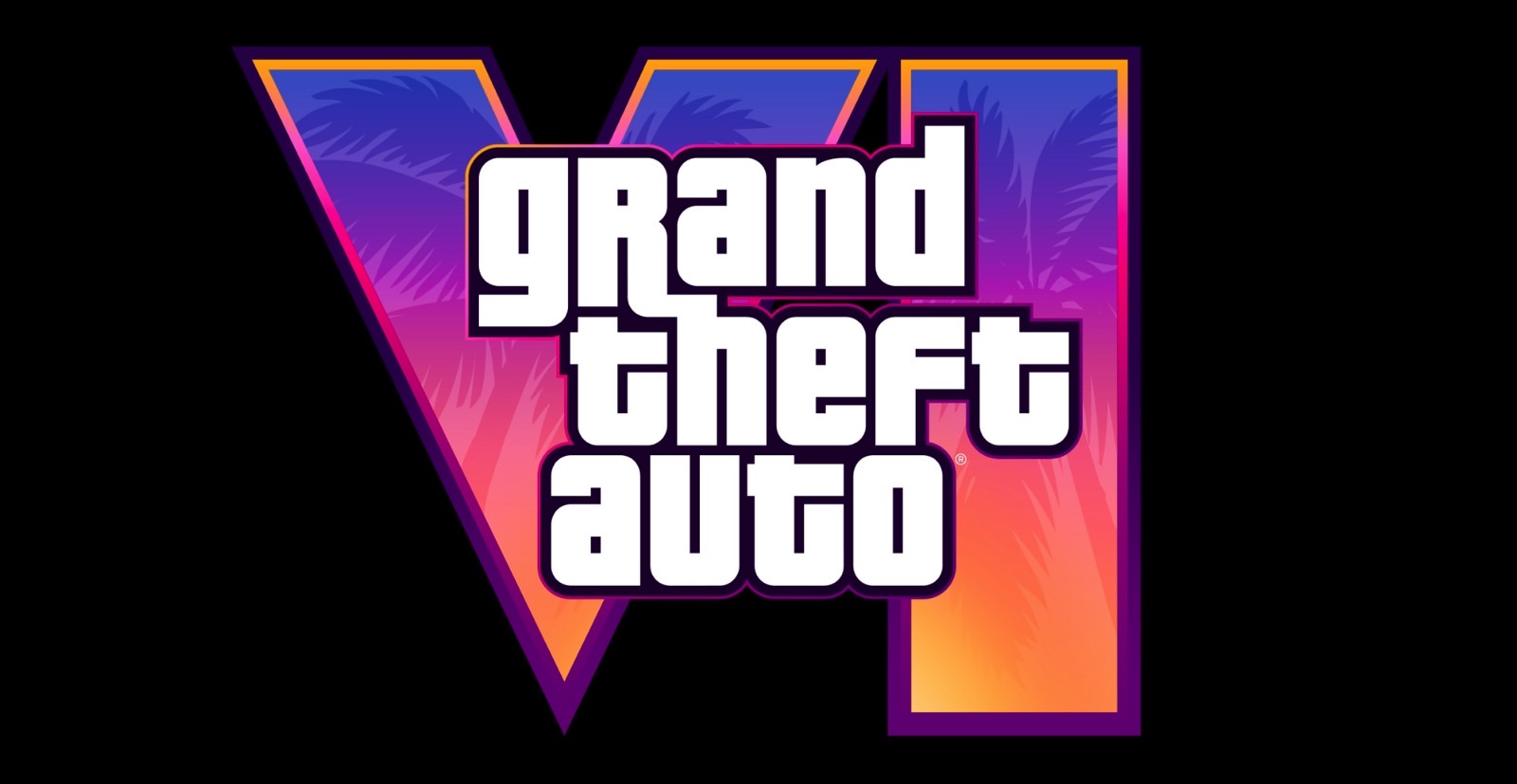
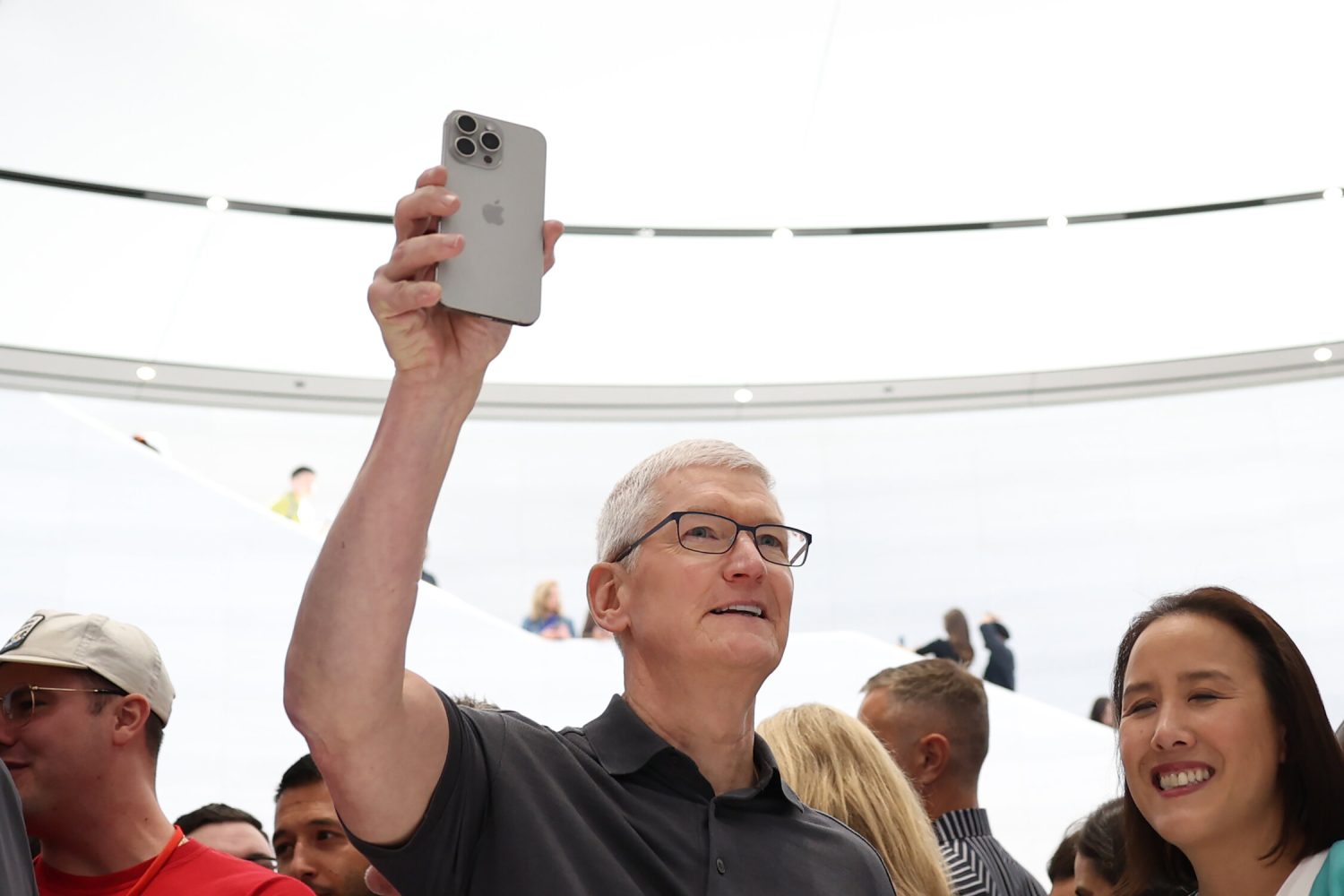


































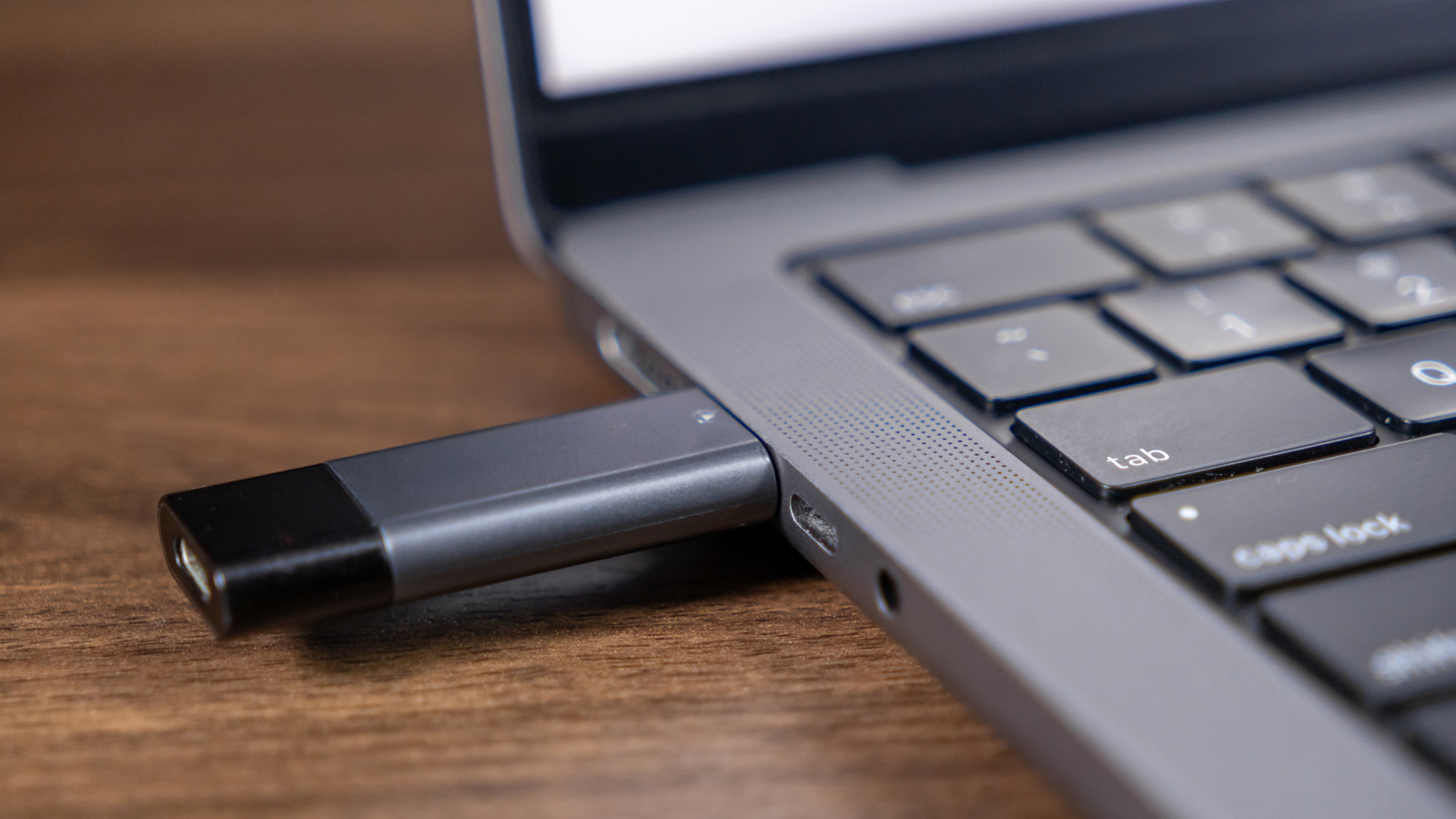
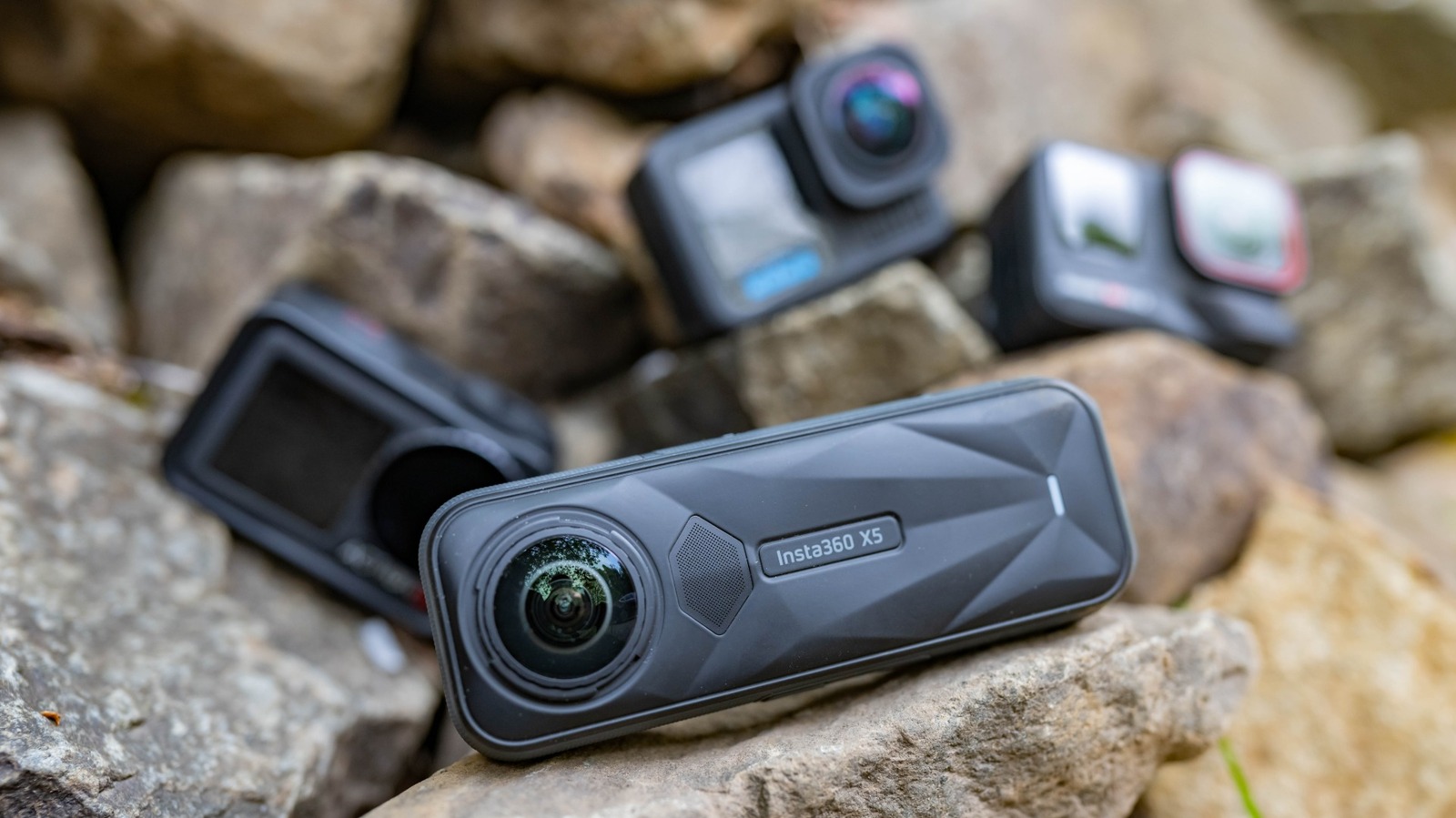
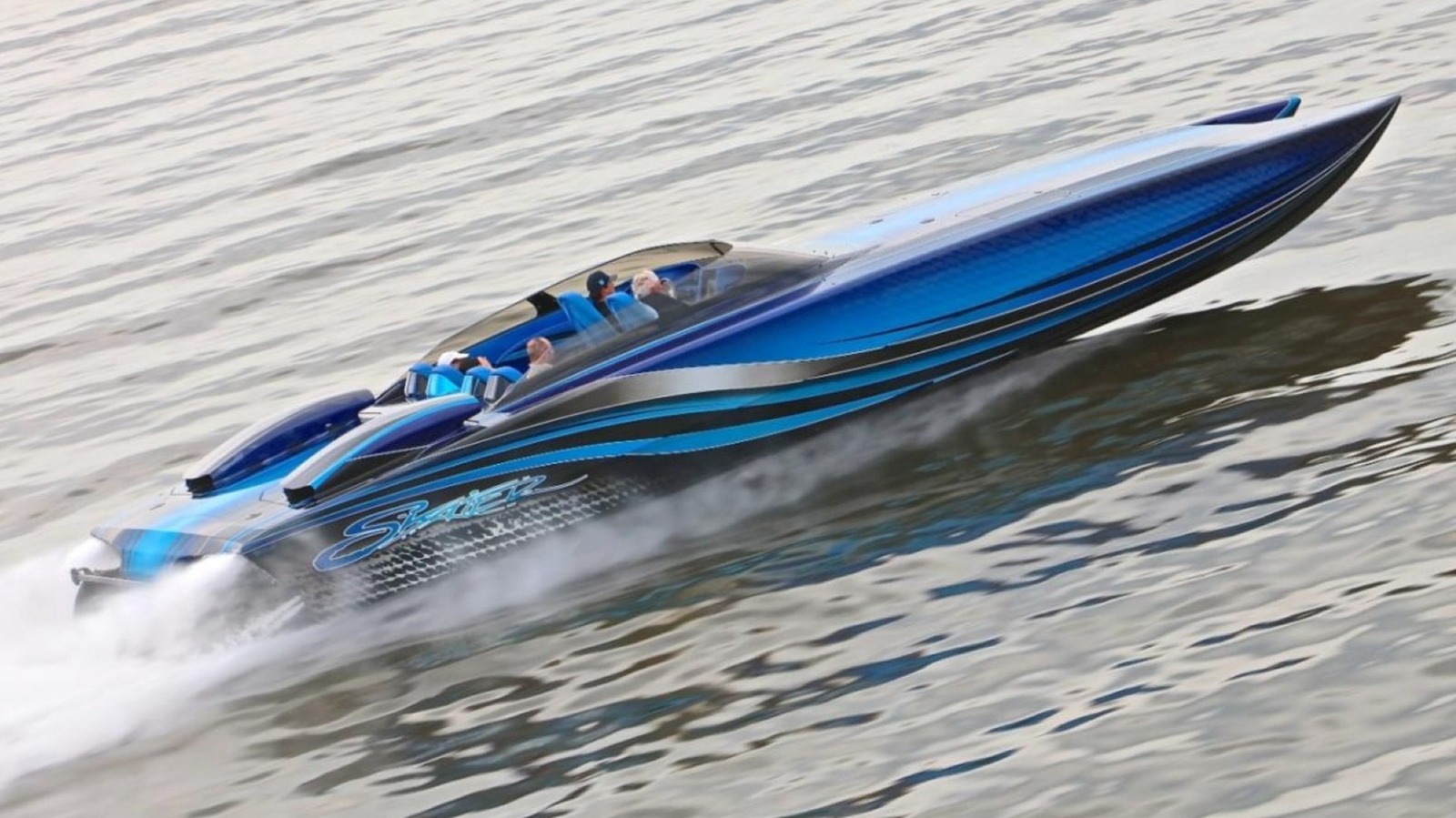
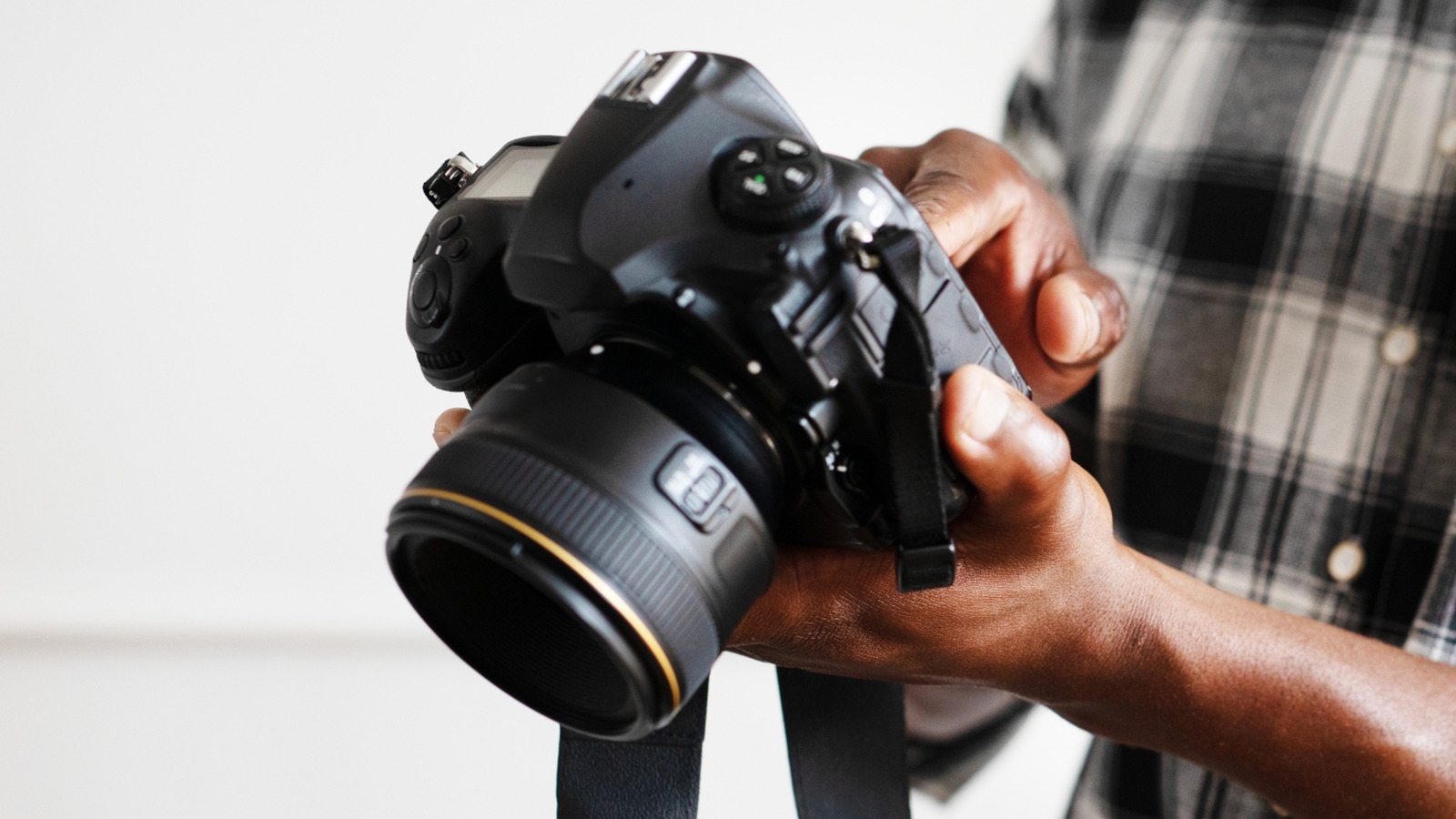







































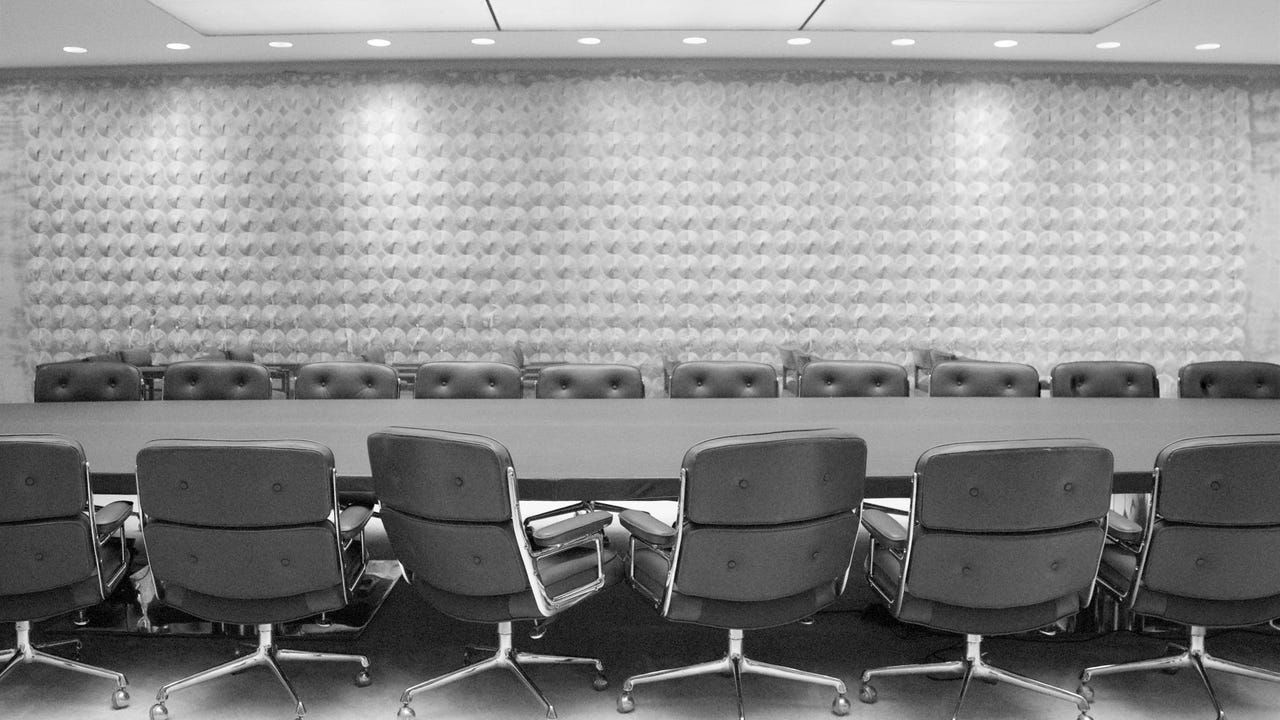


























































































































![[The AI Show Episode 145]: OpenAI Releases o3 and o4-mini, AI Is Causing “Quiet Layoffs,” Executive Order on Youth AI Education & GPT-4o’s Controversial Update](https://www.marketingaiinstitute.com/hubfs/ep%20145%20cover.png)




















































































































































































































